Exploring jazz chords using a variety of common chord progressions based on songs from the standard jazz repertoire. Core Chords are the basic set of chords needed to play a wide range of music, in a variety of styles. This set of chords includes basic open position chords, basic movable form chords and the core 4-part "jazz" chords.
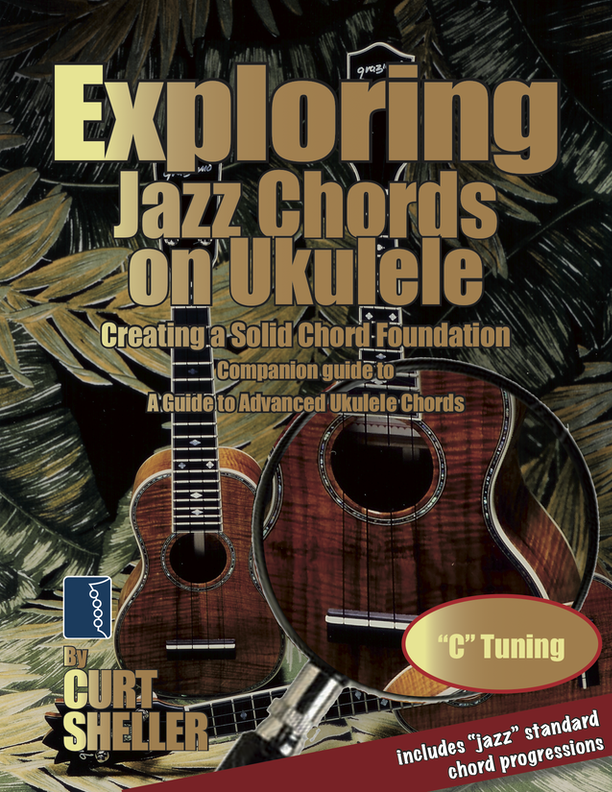

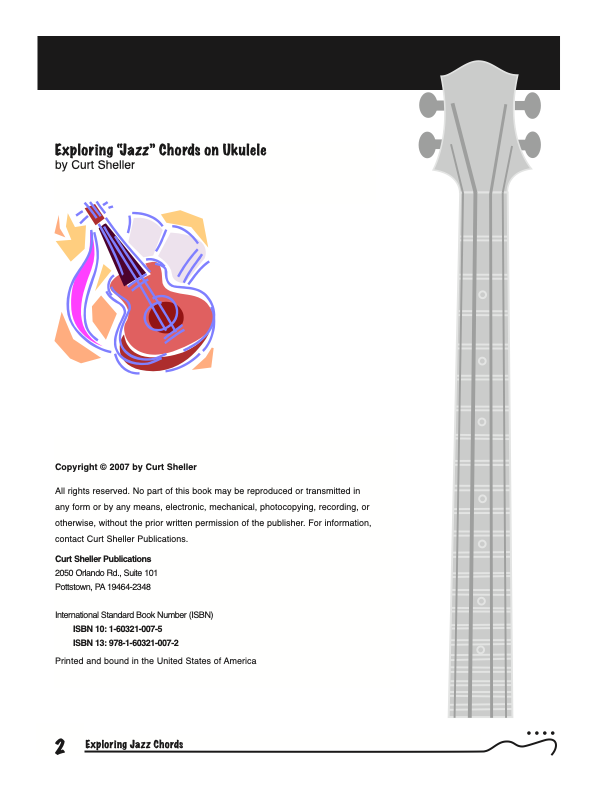
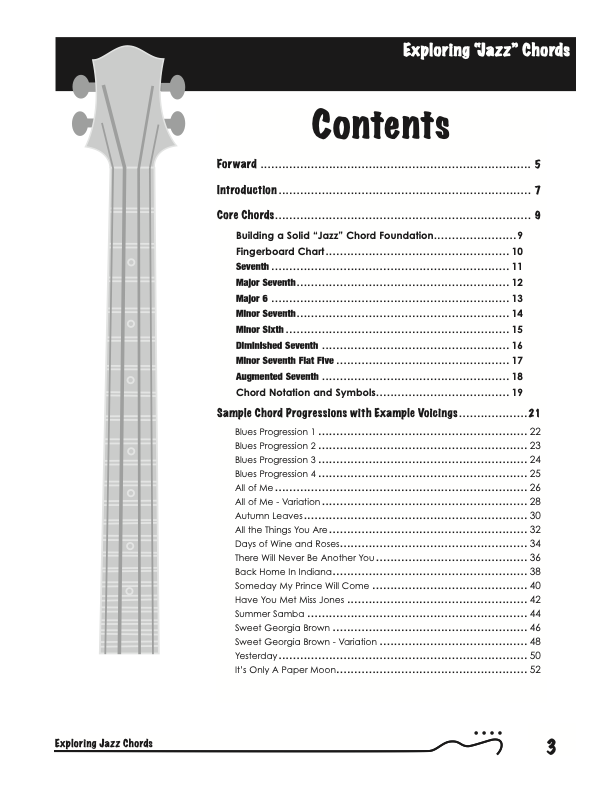


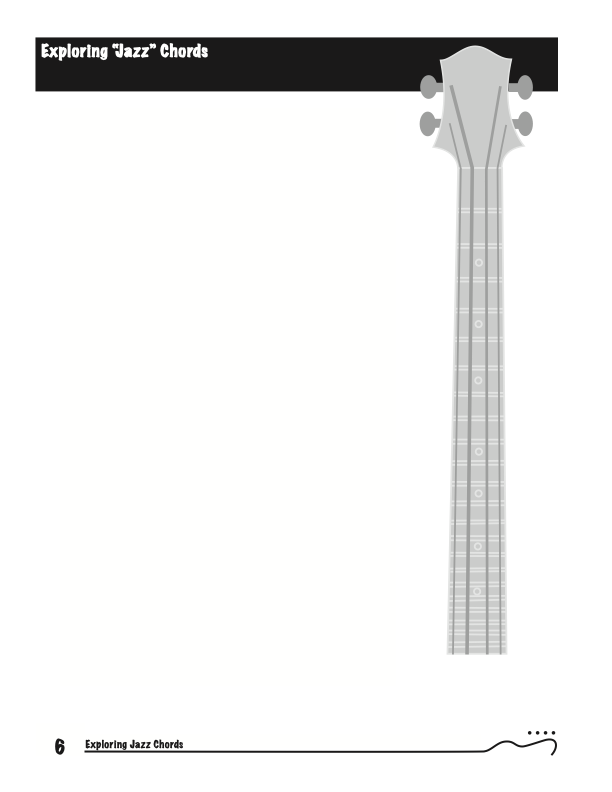

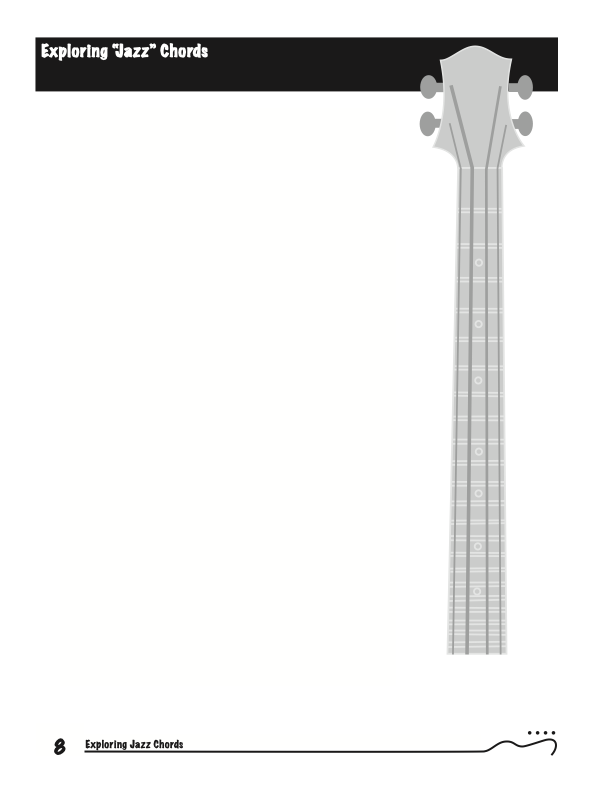
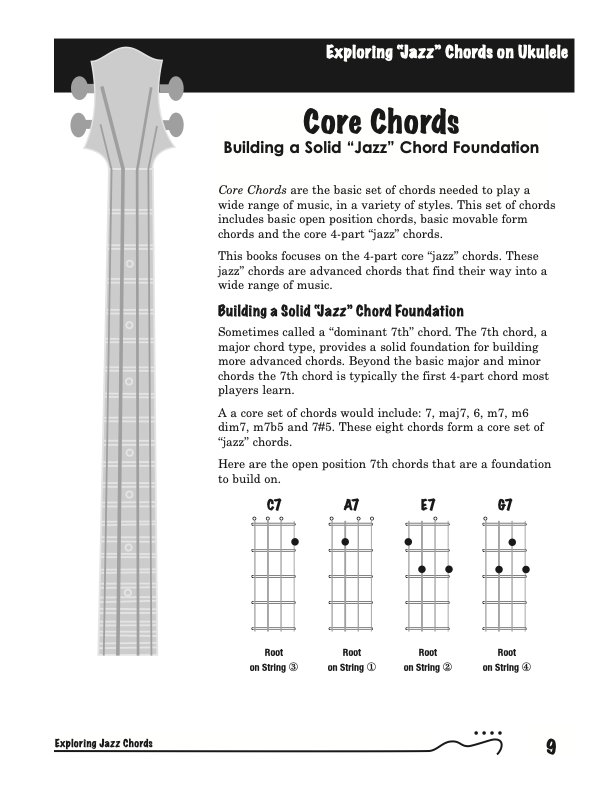
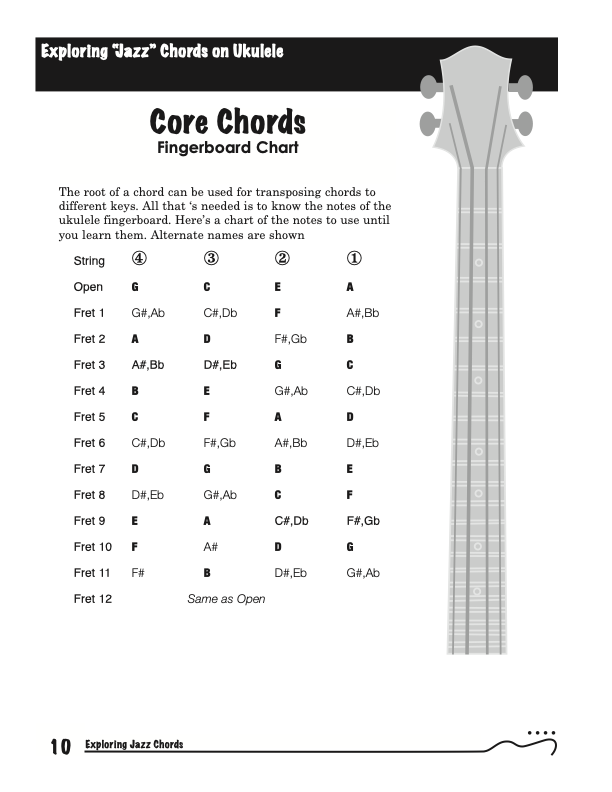
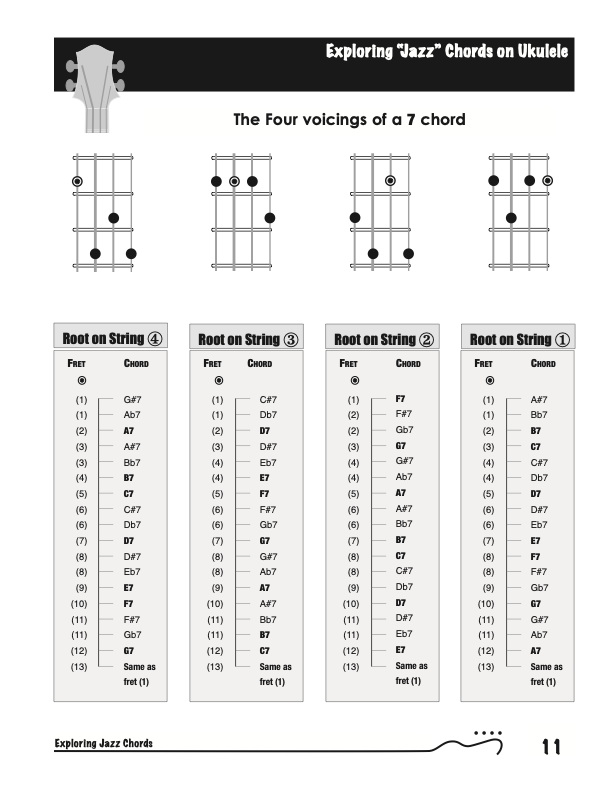
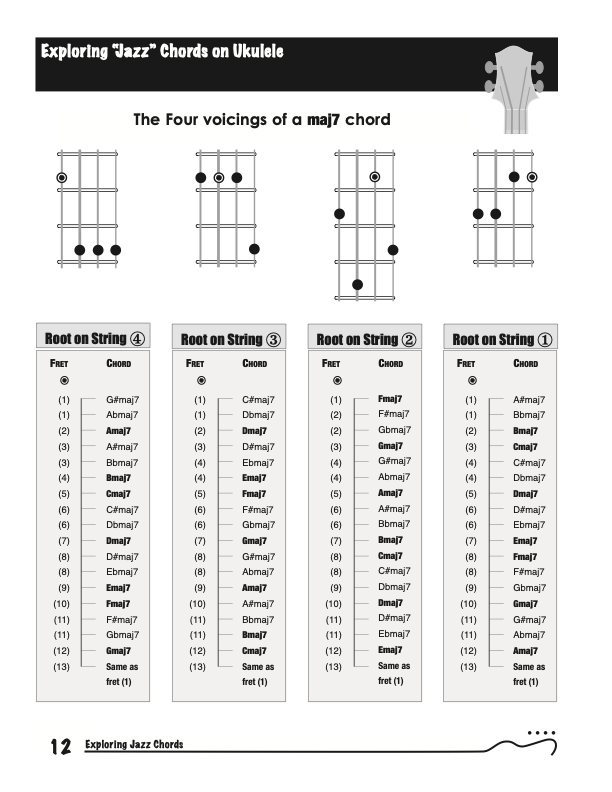

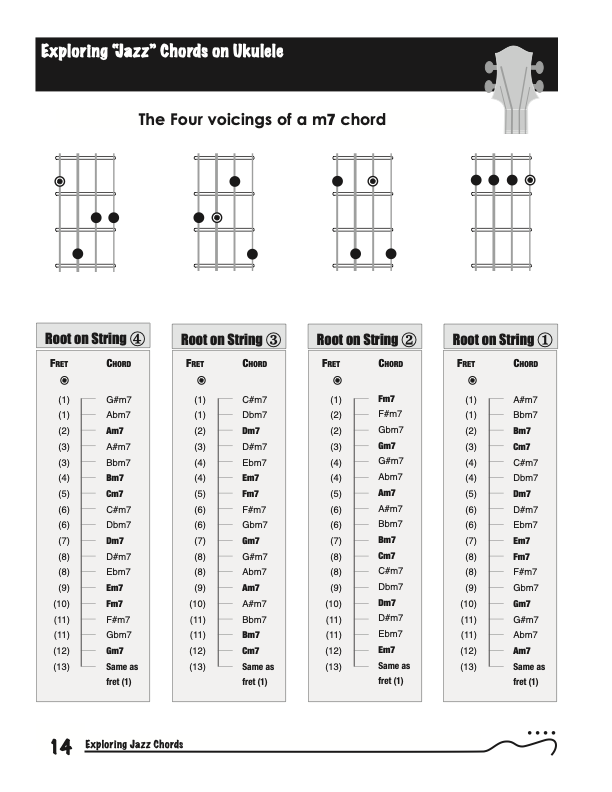

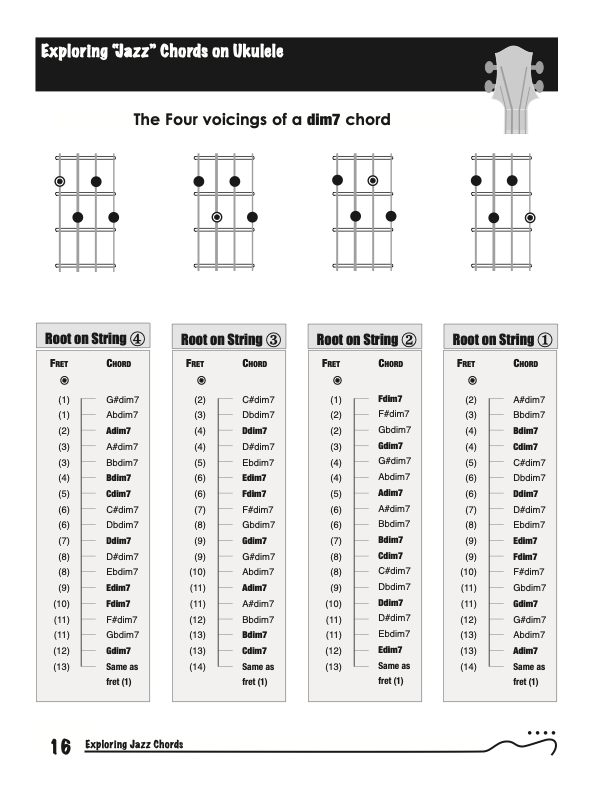
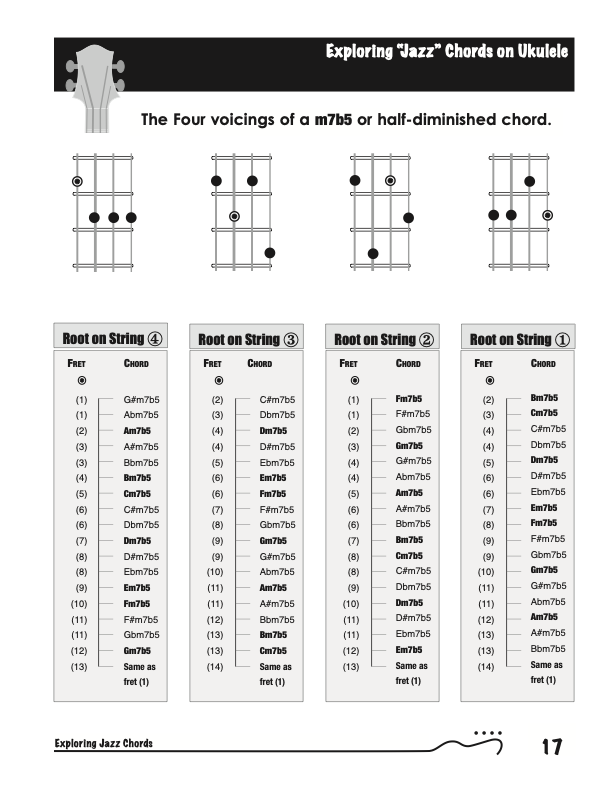
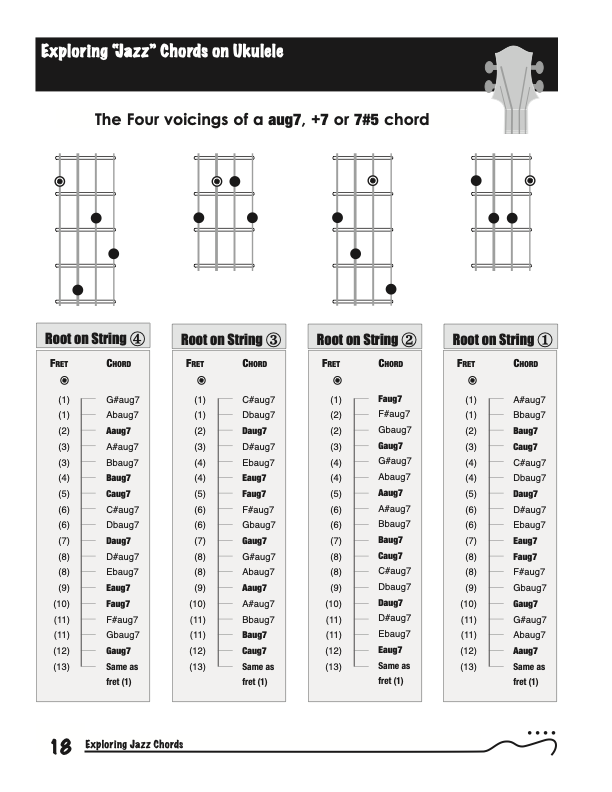
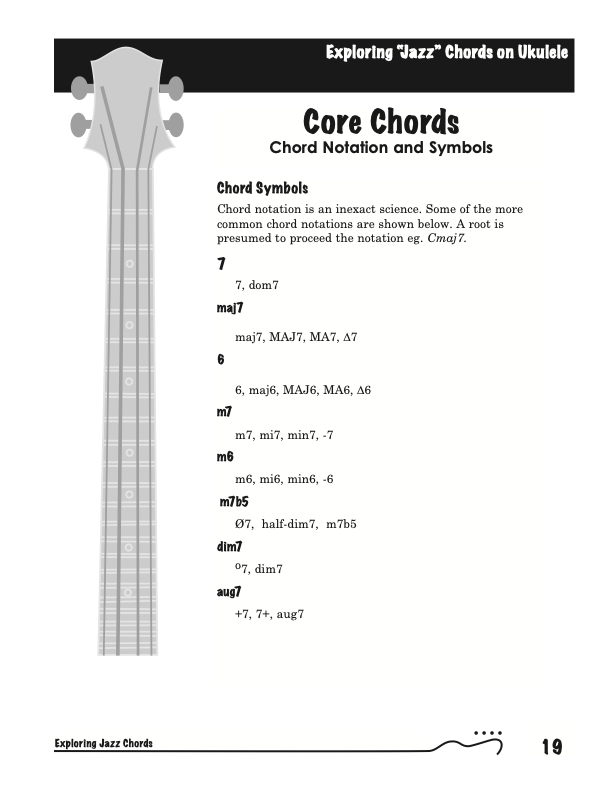
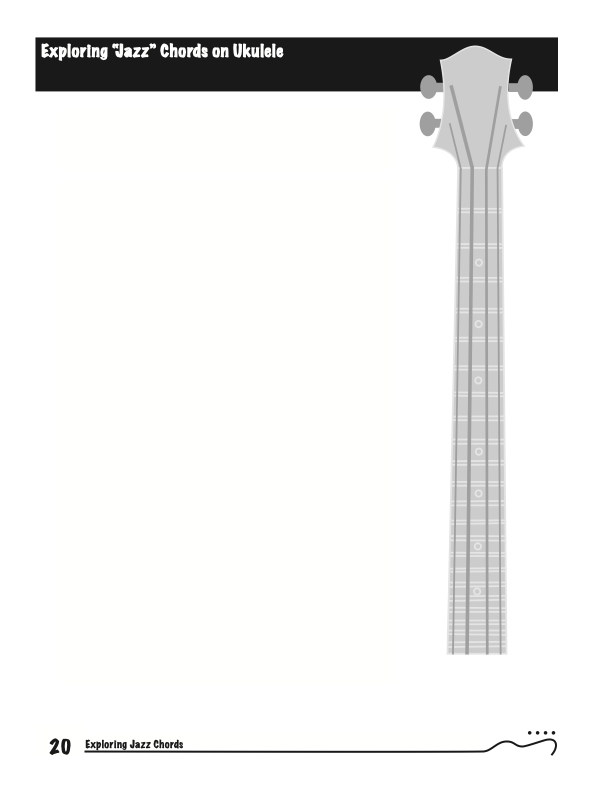

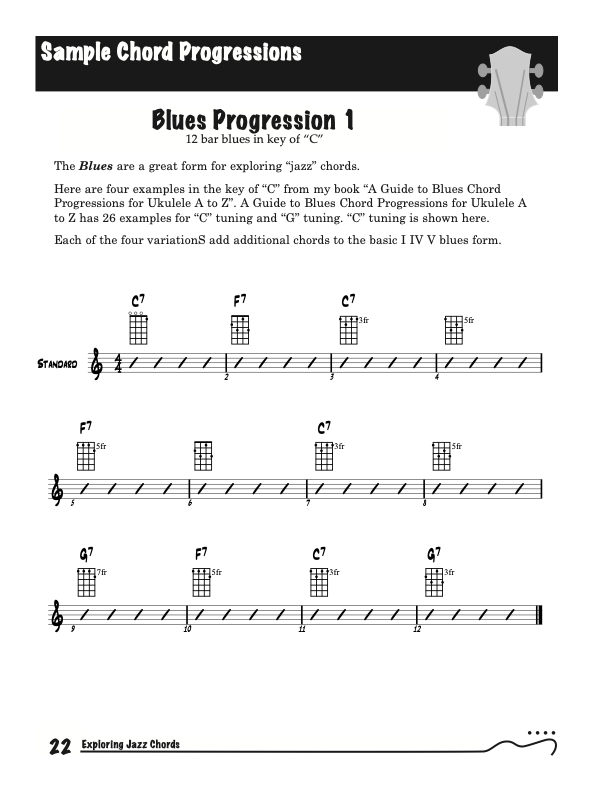

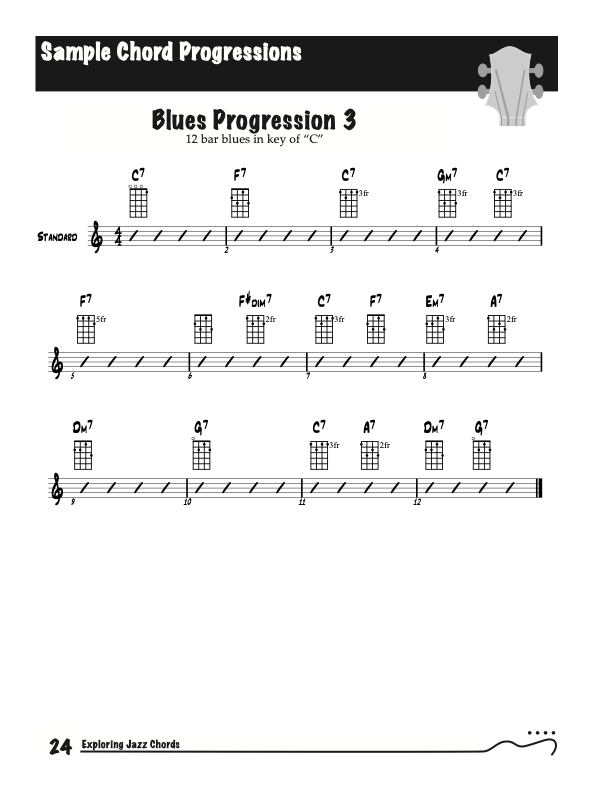
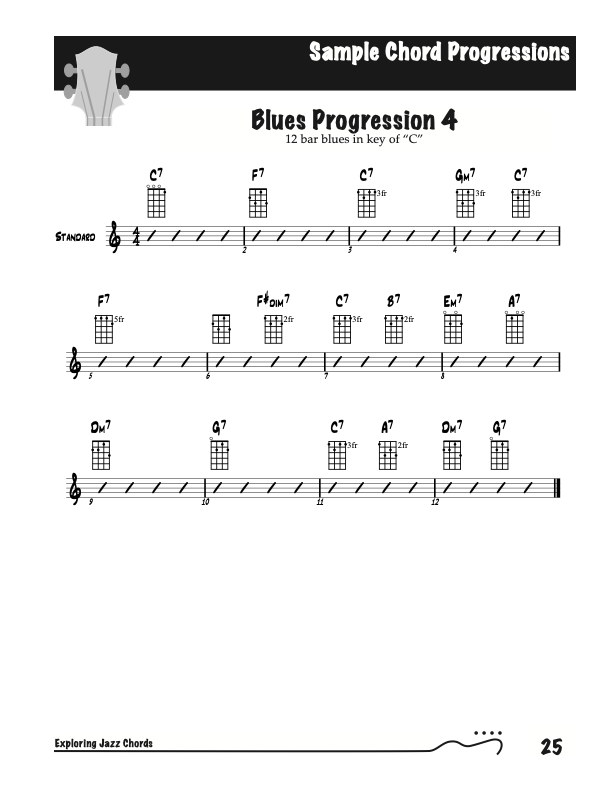
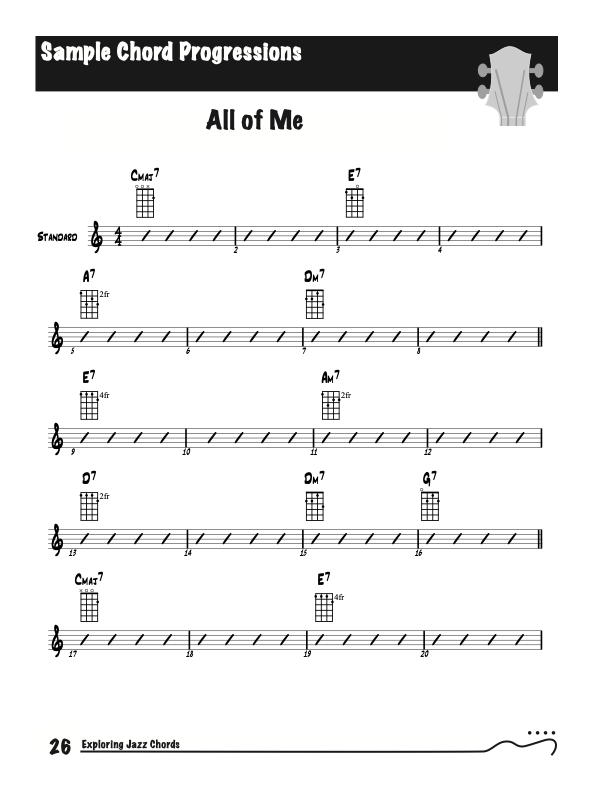
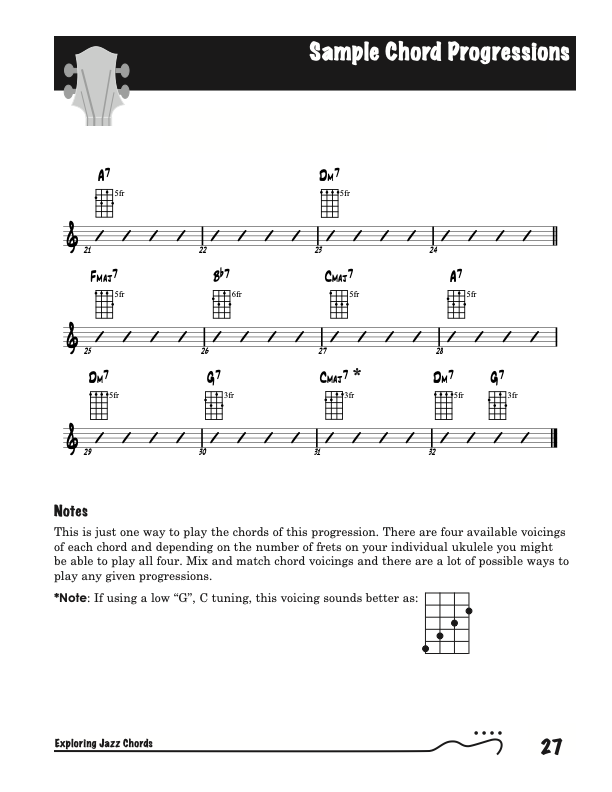
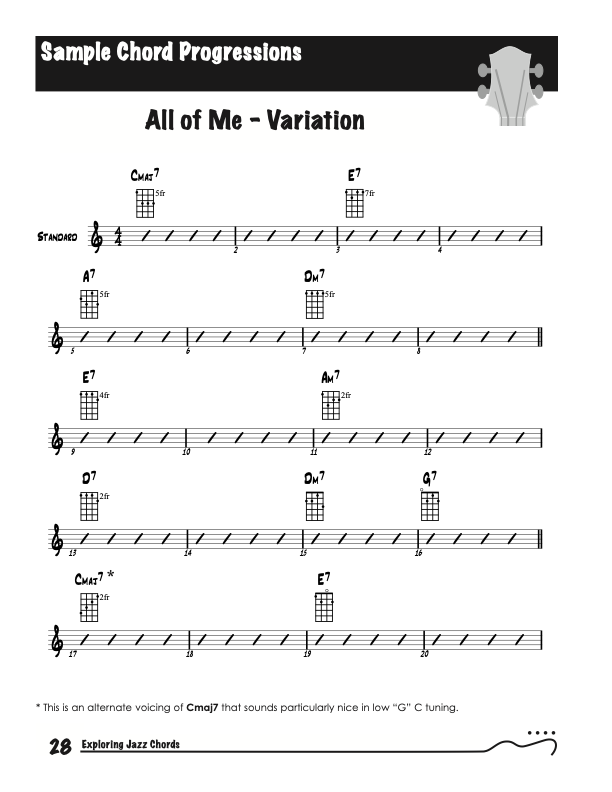

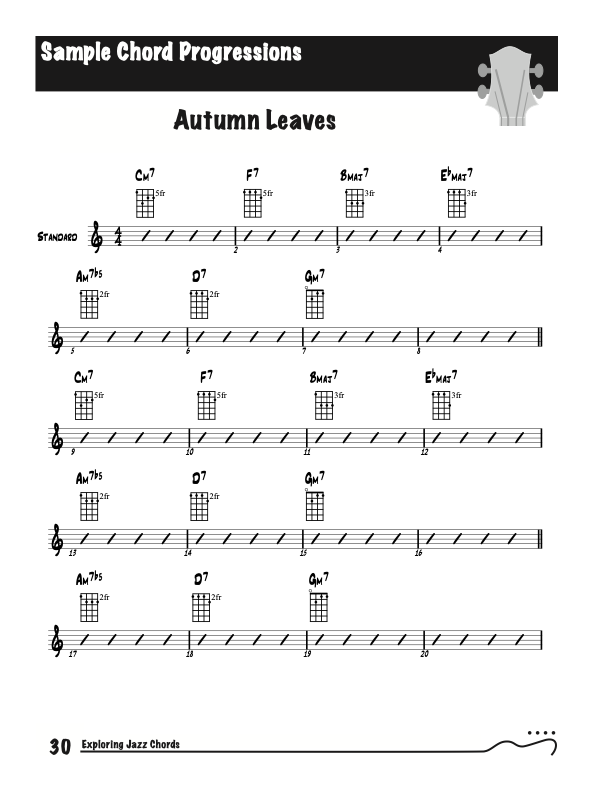
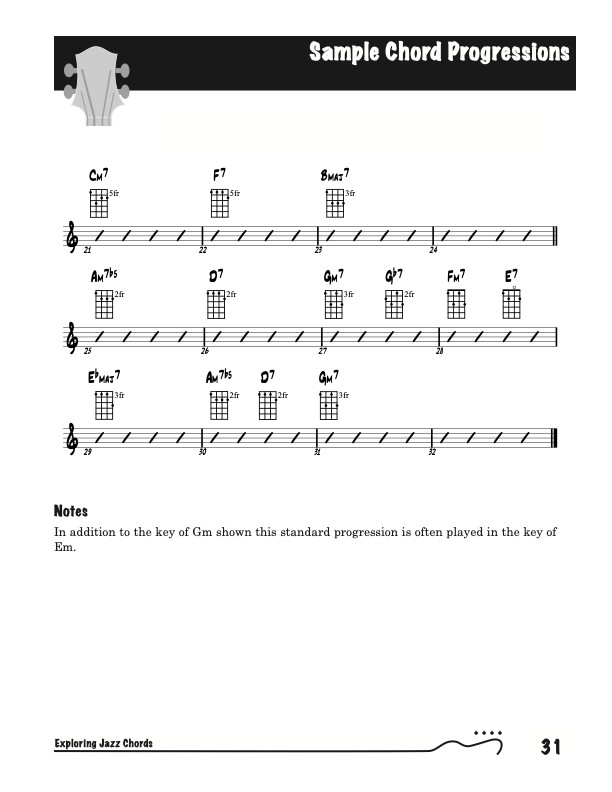
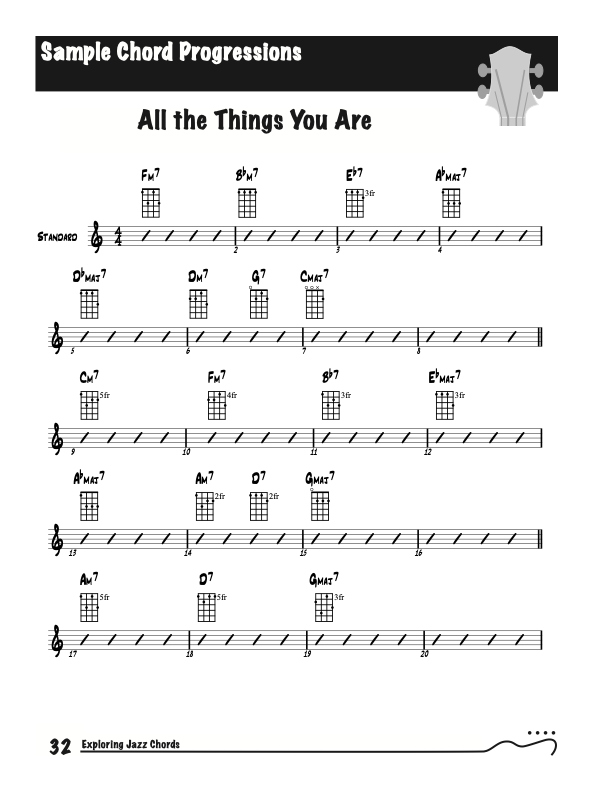
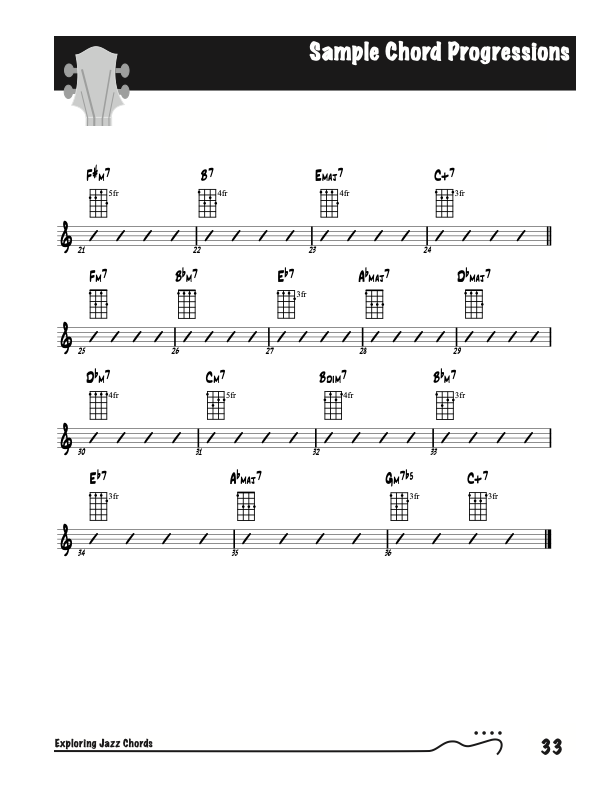

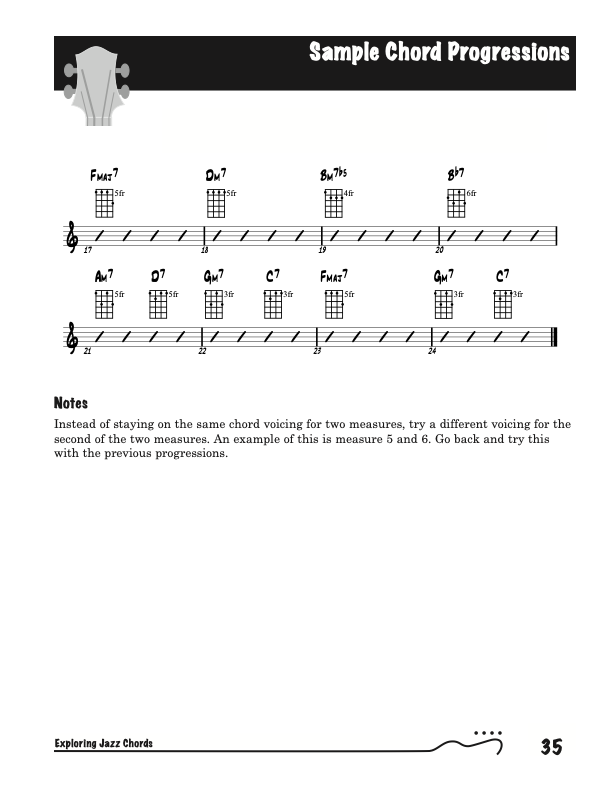
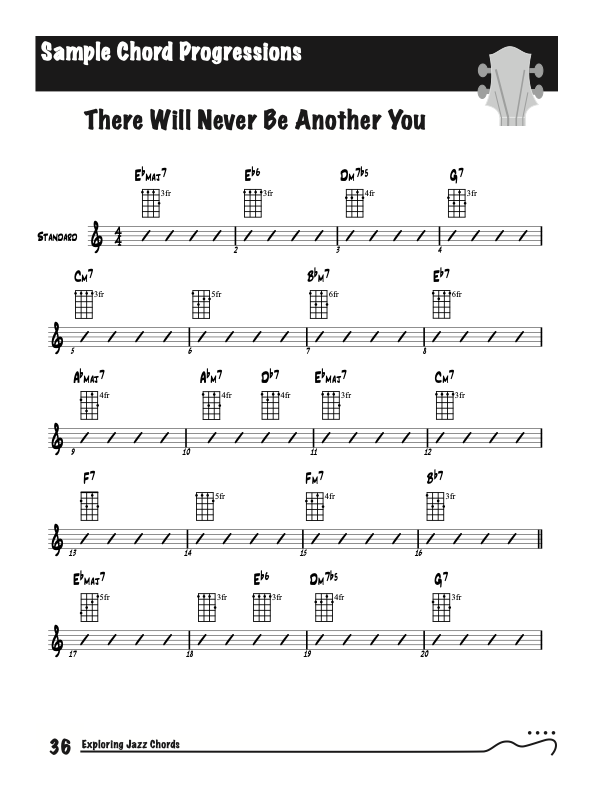

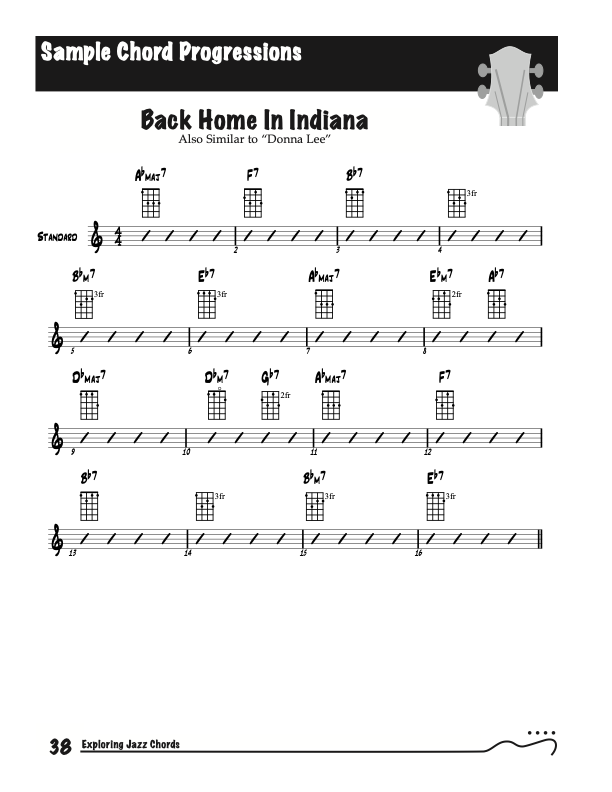
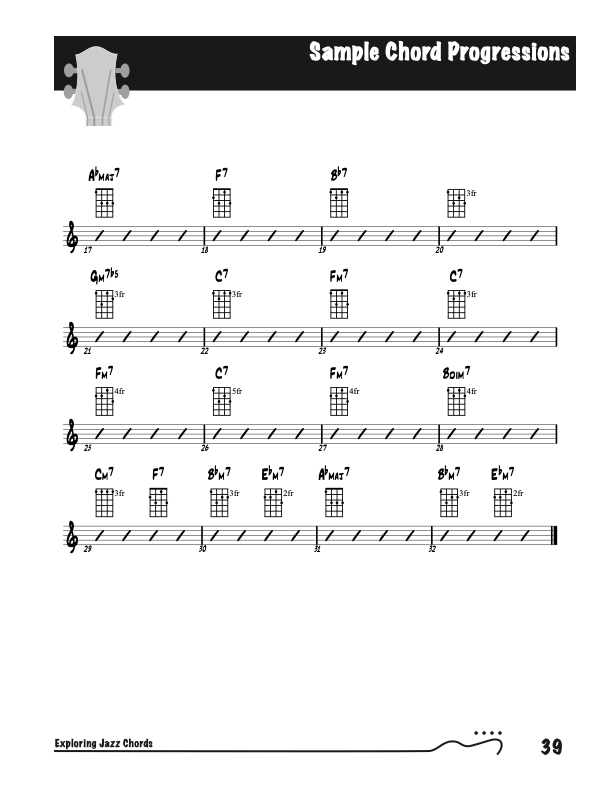
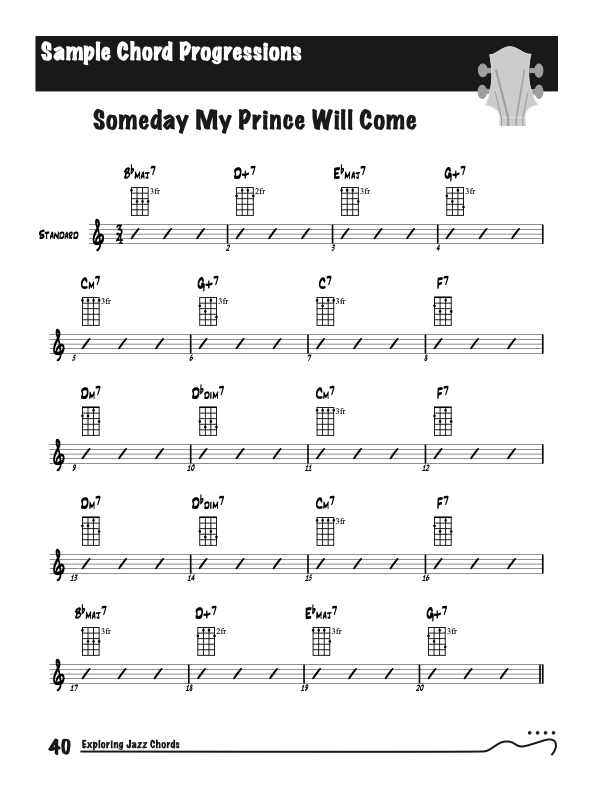
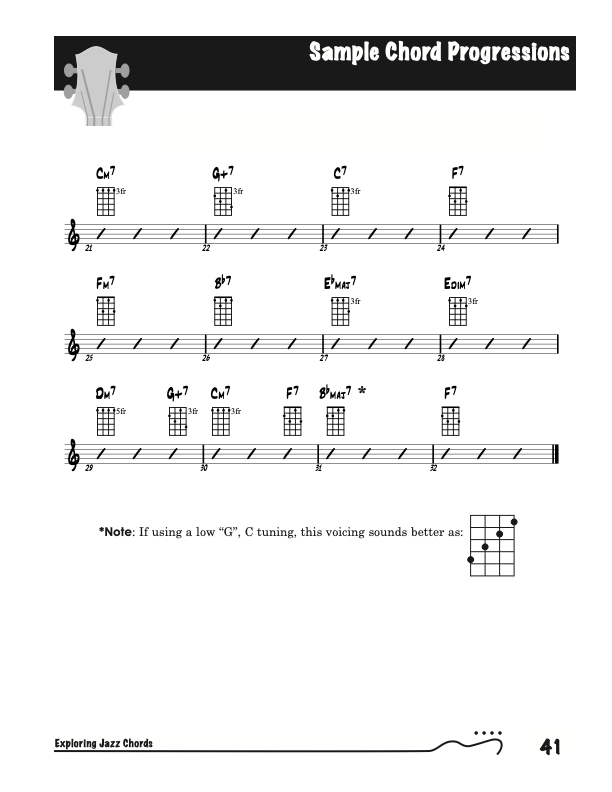
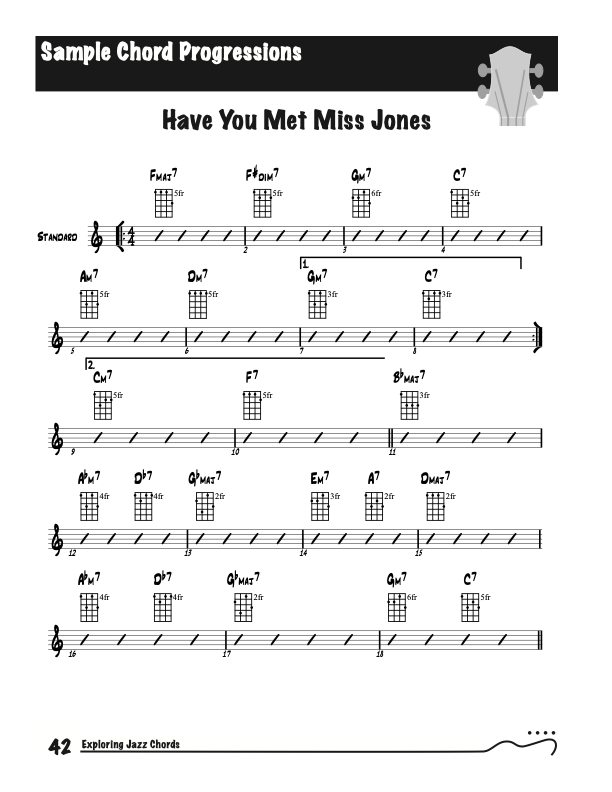
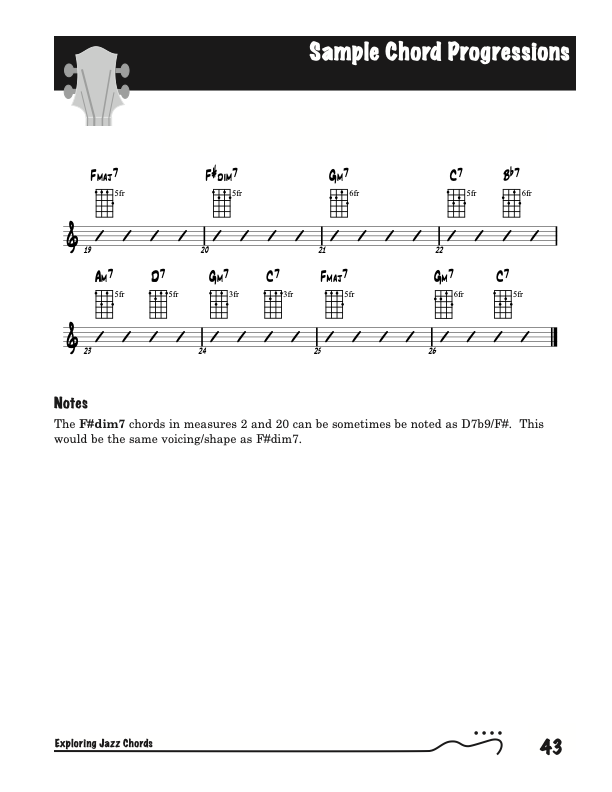
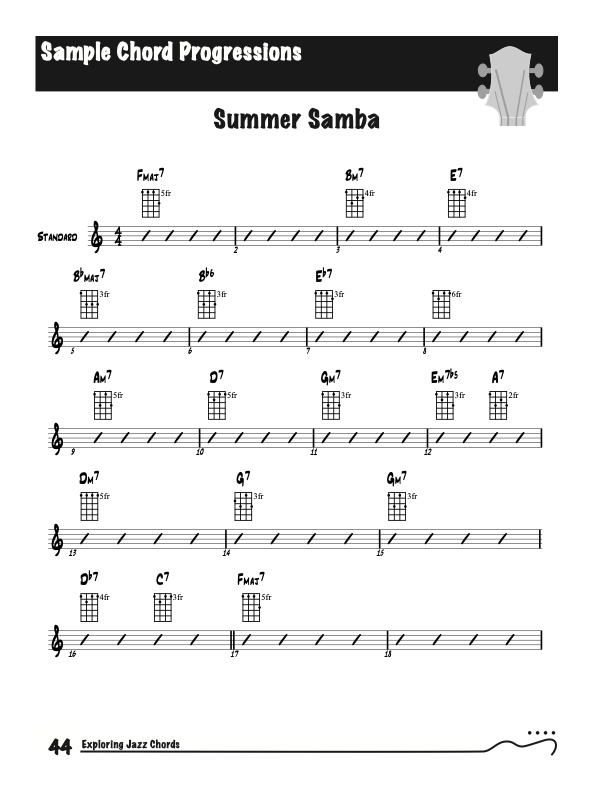
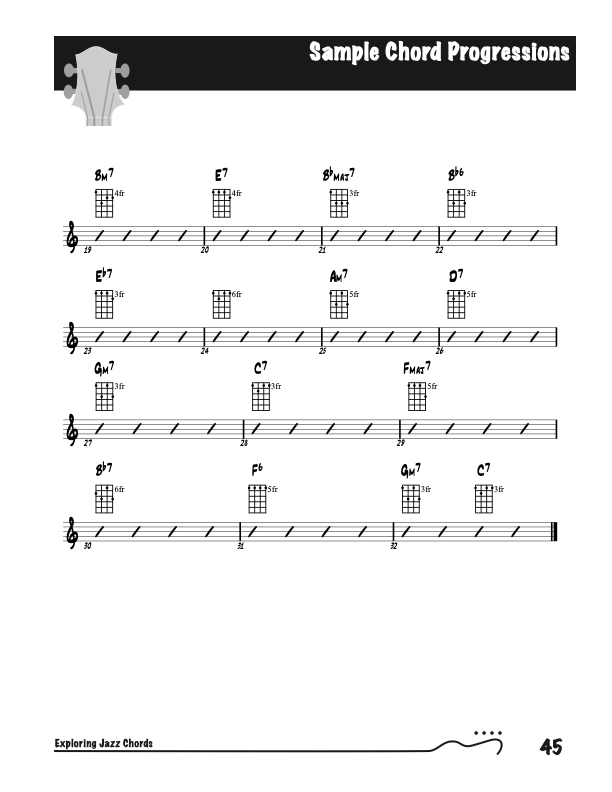
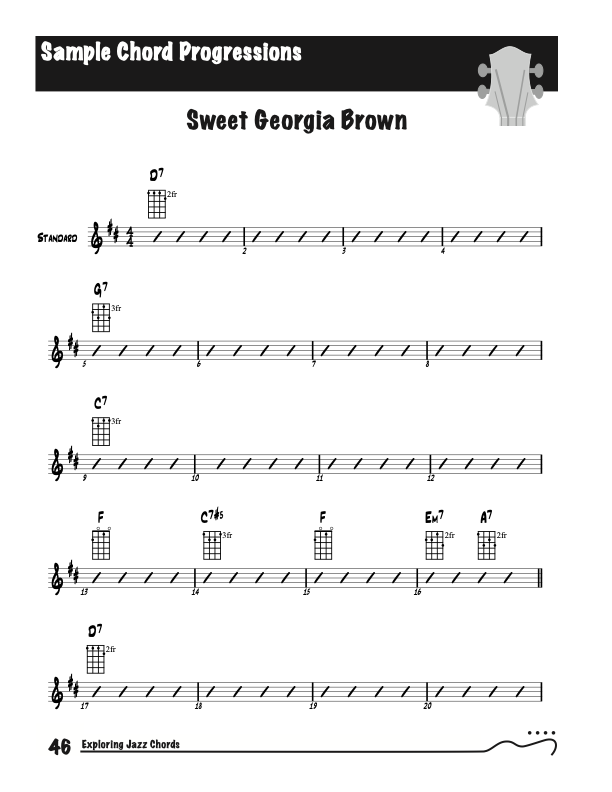
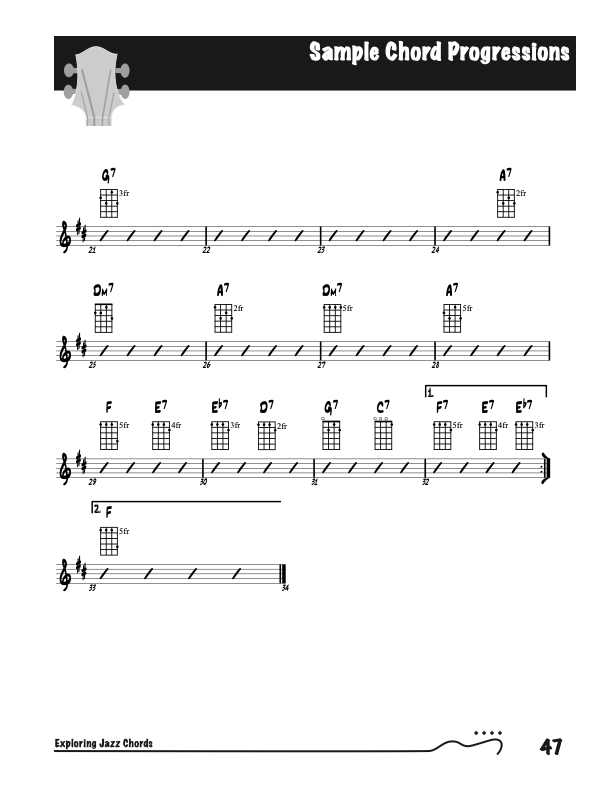
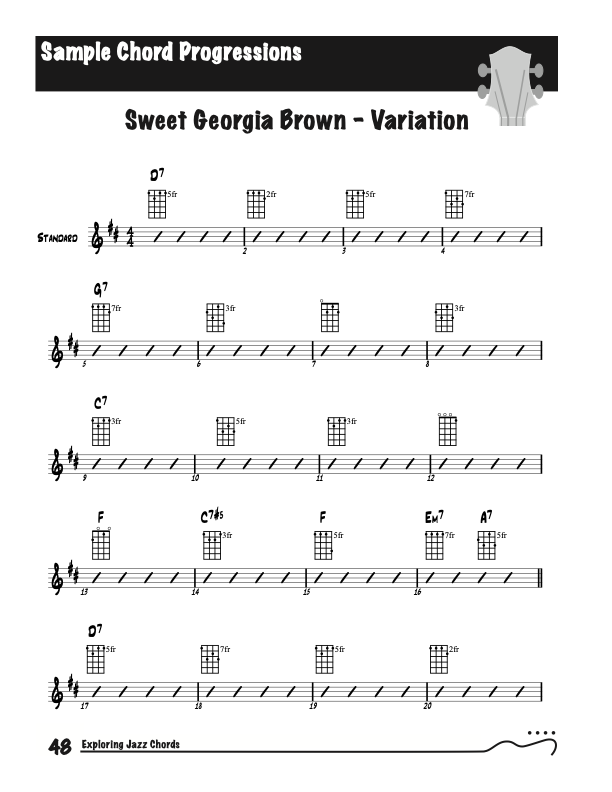

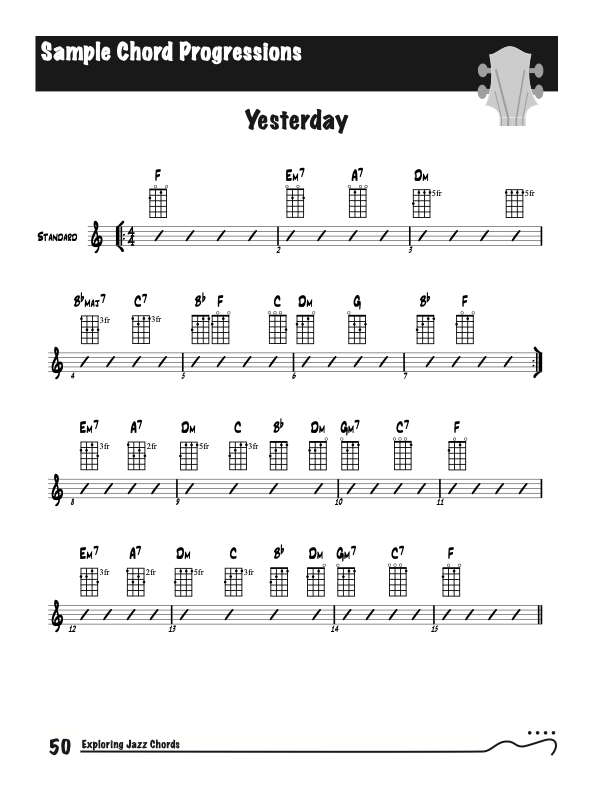
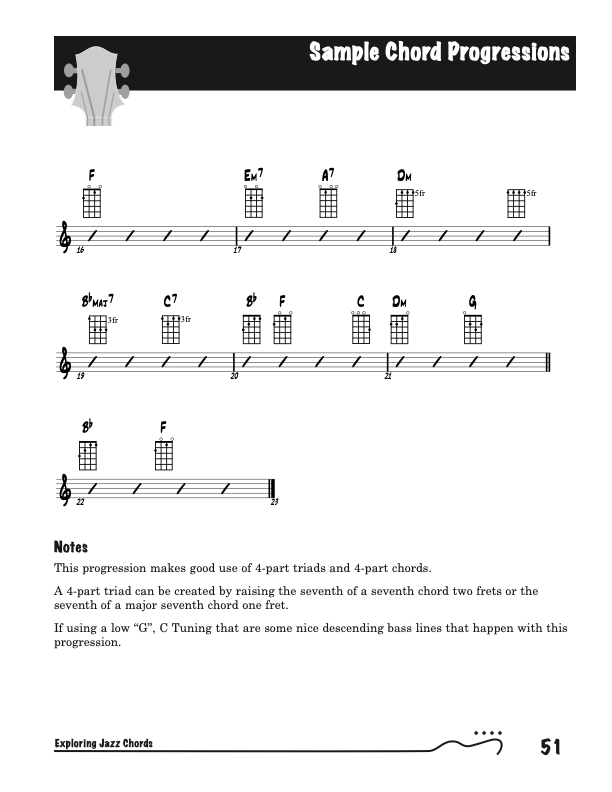

Author(s): Curt Sheller
Publisher(s): Curt Sheller Publications
Published: Jan 2, 2007
Updated: Jan 10, 2020
ISBN-13: 0-9714044-7-X
Size*: ANSI A
Pages: 54
Hard Copy Price: $17.95
PDF Price: $9

• click to Hide more info • click to Show more info
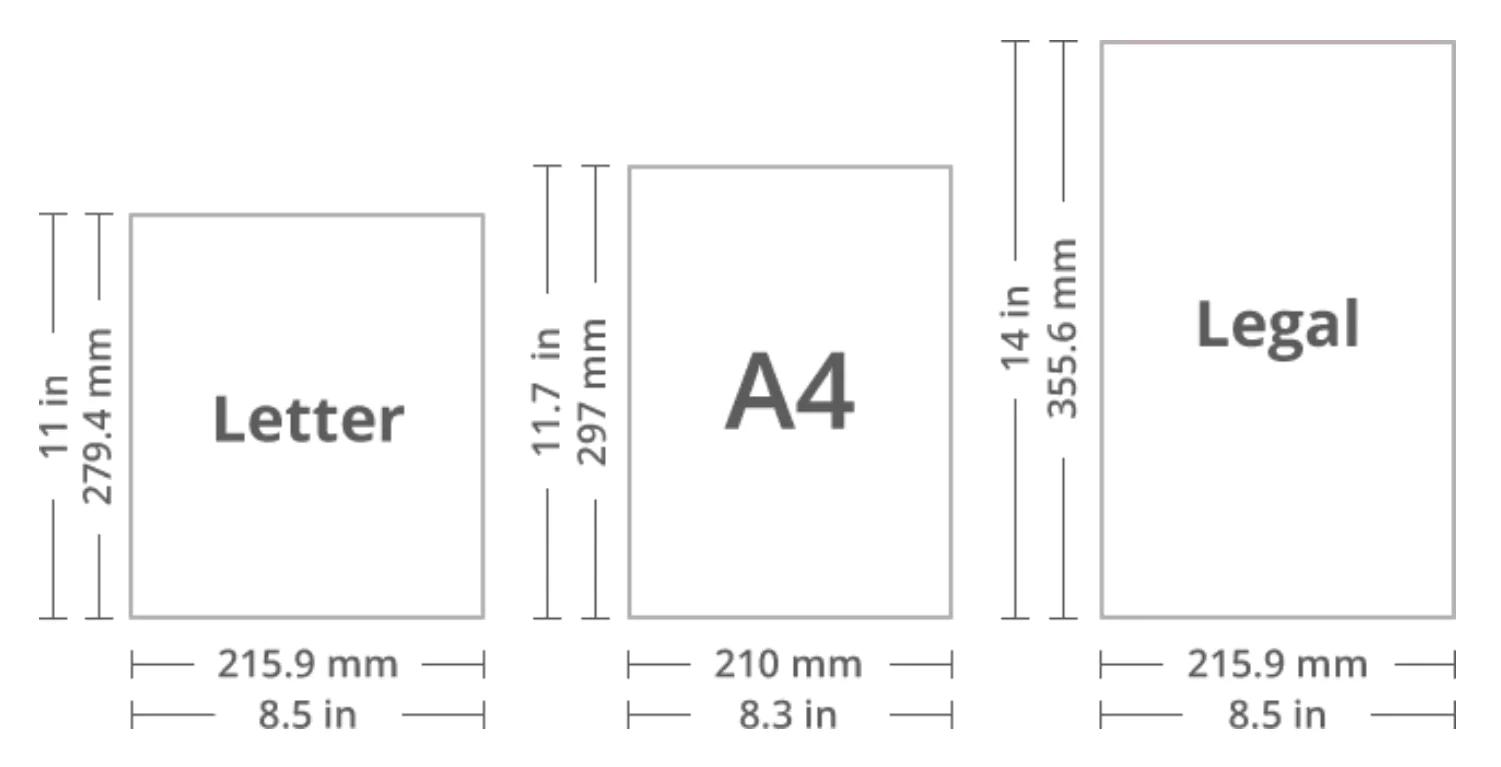
- A4 (210 x 297 mm / 8.3 x 11.7 in)
- ANSI A (US Letter): (8.5 x 11 in / 216 x 279 mm)
- Legal US Legal: (8.5 x 14 in / 216 x 356 mm) shown for reference
Scale to Fitand the A4 size will print out fine.
Exploring jazz chords using a variety of common chord progressions based on songs from the standard jazz repertoire. Core Chords are the basic set of chords needed to play a wide range of music, in a variety of styles. This set of chords includes basic open position chords, basic movable form chords and the core 4-part "jazz" chords. These "Jazz" chords are advanced chords that find their way into a wide range of music.
Core Chords are the basic set of chords needed to play a wide range of music, in a variety of styles. This set of chords includes basic open position chords, basic movable form chords and the core 4-part "jazz" chords.
This book''s focuses on the 4-part core "jazz" chords. These jazz chords are advanced chords that find their way into a wide range of music.
Exploring Jazz Chords takes the core chords from A Guide to Advanced Chords for Ukulele and shows their use over a variety of common chord progressions based on songs from the standard jazz repertoire.
Building a Solid Chord Foundation using _Seventh_, _Major Seventh_, Major 6, _Minor Seventh_, _Minor Sixth_, _Diminished Seventh_, _Minor Seventh Flat Five_ and _Augmented Seventh_ chords.
Tunings: C and G. Low or high string four variations.
Forward
Beyond learning basic ukulele chords most players struggle with advanced chords. Commonly called “jazz” chords, these more sophisticated voicings find a wide use in all forms of music.
In my book A Guide to Advanced Chords for Ukulele I presented a highly organized and efficient approach to the mysterious subject of advanced chords. Chord dictionaries are not the answer. Even chord theory does not offer any insight into unraveling the complexity of ukulele chord voicings.If your goal is to expand your chord vocabulary, A Guide to Advanced Chords for Ukulele is your answer. This book, Exploring “Jazz” Chords takes the core chords from that book A Guide to Advanced Chords for Ukulele and shows examples using those chords over common chord progressions.
If your goal is to expand your chord vocabulary, A Guide to Advanced Chords for Ukulele is your answer. This book, Exploring “Jazz” Chords takes the core chords from that book A Guide to Advanced Chords for Ukulele and shows examples using those chords over common chord progressions.
Introduction
Chords can be categorized into four chord types; major, minor, diminished and augmented. Four-part chords based on the major, minor, diminished and augmented chord types can be voiced across the four strings of the ukulele.
Chord notation is an inexact science. Some of the more common chord notations are shown throughout the book.
All chords presented can be played on a standard “C” tuned four string ukulele, either a high “G” or low “G” string four.
- Foreword
- Introduction
- Core Chords
- Building a Solid “Jazz” Chord Foundation
- Fingerboard Chart
- Seventh
- Major Seventh
- Minor Seventh
- Root on String One Transposition Chart
- Root on String Two Transposition Chart
- Root on String Three Transposition Chart
- Root on String Four Transposition Chart
- m7b5, dim7 and aug7
- Chord Notation and Symbols
- Sample Chord Progressions with Example Voicings
- Blues Progression 1
- Blues Progression 2
- Blues Progression 3
- Blues Progression 4
- All of Me
- All of Me - Variation
- Autumn Leaves
- All the Things You Are
- Days of Wine and Roses
- There Will Never Be Another You
- Back Home In Indiana
- Someday My Prince Will Come
- Have You Met Miss Jones
- Summer Samba
- Sweet Georgia Brown
- Sweet Georgia Brown - Variation
- Yesterday
- It’s Only A Paper Moon
- 2 Jan 2007 - (20070102.1.2), Book released
- 25 Jan 2007 - (20070102.1.3),
- 30 Nov 20066 - Errata File Created (pg 14) m7 chord fourth voicing over should have all the notes in the same fret.
- 20 April 2022 — The Bmaj7 chord should be Bbmaj7. The chord grids are correct just the chord name is wrong.
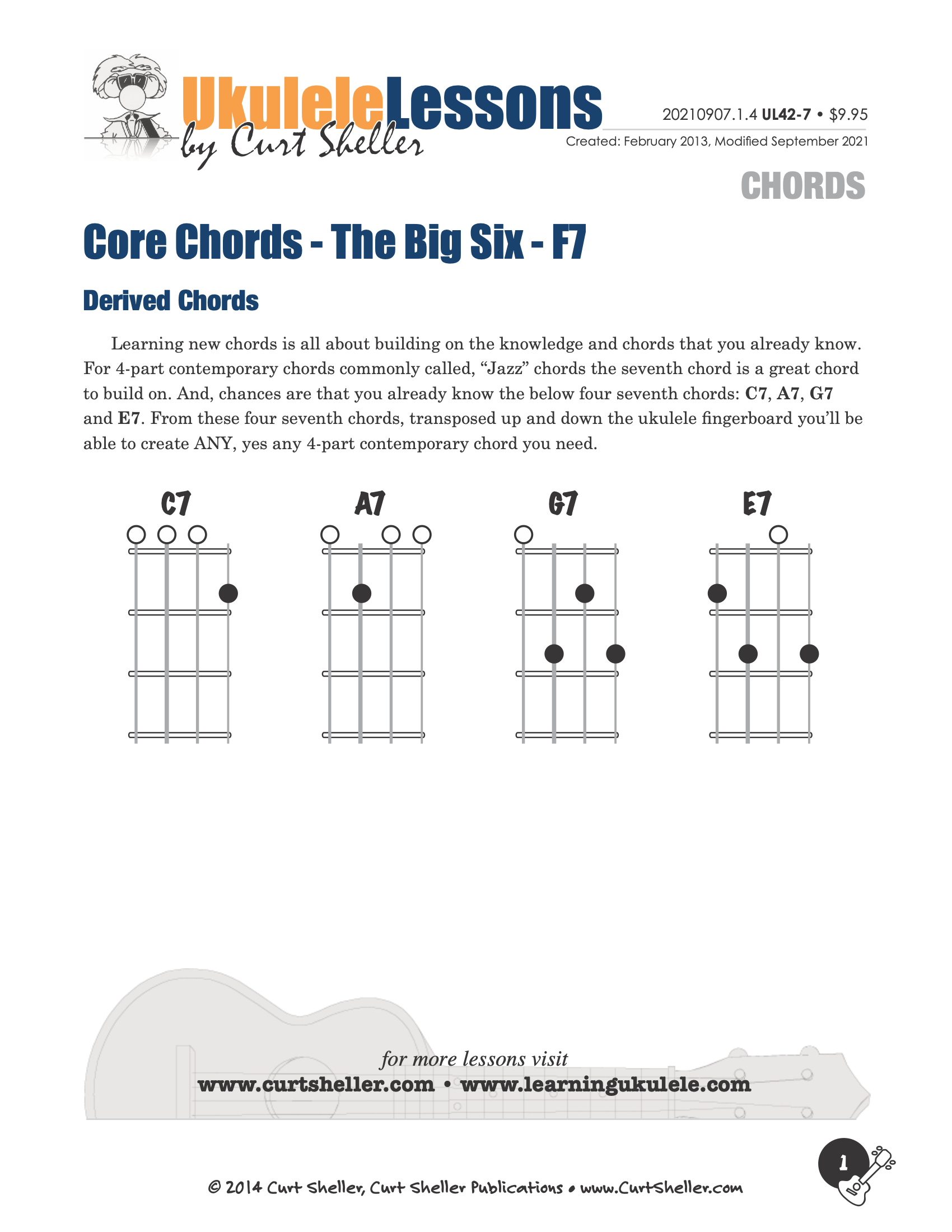
The Big Six Core Chords is a series of lessons for building your core, essential 4-part chords. These chords commonly called jazz chords, are really just 4-part chords used in a wide range of musical styles. These chords include: Seventh , Major Seventh, Minor Seventh, Half Diminished Seventh or Minor Seven Flat Five, Diminished Seventh, and Augmented Seventh. These six chords form a core set of chords.

Core Chords for Ukulele, The Big Six - From four F7 chord voicings or shapes, your can build your massive 4-part, a.k.a., “jazz” chord vocabulary. Beyond basic open position chords, basic movable form chords and a core set of 4-part chords. There are just too many chords shapes too memorize.
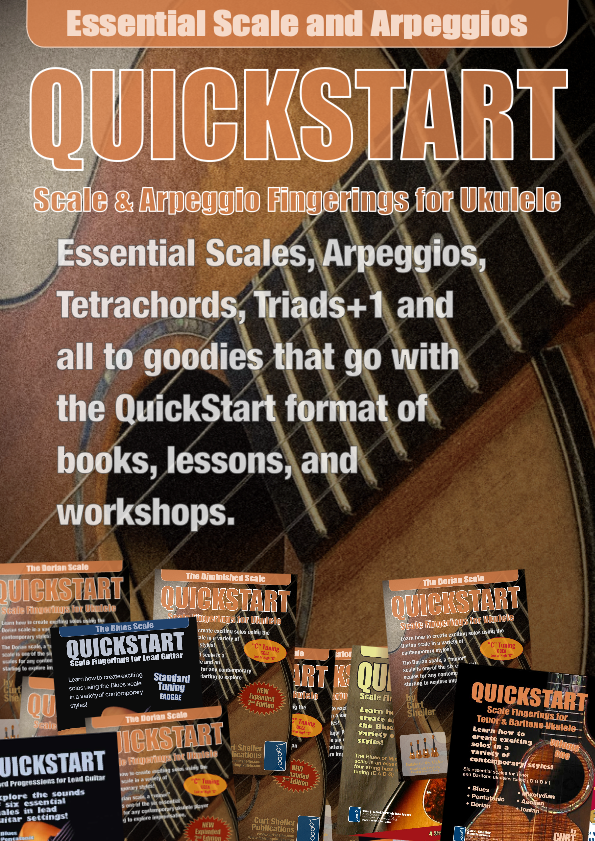
The QUICKSTART — Scale and Arpeggio Fingerings Series is a concise, well-organized series of books, lessons, and workshops ideal for any guitar, ukulele, or bass player beginning to explore “improvisation”. Unlike so many other instructional materials on the market, The QUICKSTART — Scale and Arpeggio Fingerings Series keeps a sharp focus on the essential scales and arpeggios, their fingerings and their related chords. All material is covered in every key.


return in your investment)—it is this— learning the
f*ckingnotes of your OWN instrument. Sorry for the tough talks—but it is sooooo true!


Learn to read single note melodies in the first/open position is a lot easier than you might think. Book: Ukulele – Reading Music Series – Primer

An organized collection of daily practice and reference material for the contemporary ukulele player for developing the vocabulary and knowledge necessary for single note playing. Book: Daily Practice Material for the Contemporary Ukulele
Checkout the Books & Reference Charts for additional Handy, Dandy Reference Charts.

Ukulele Fingerboard Chart for C Tuning, Low or High G – G C E A

Ukulele Fingerboard Chart for G Tuning, Low or High A – D G B E

A handy reference chart of all 15 major and relative minor key signatures. US Letter 8.5 x 11 sized (ANSI-A) , A4
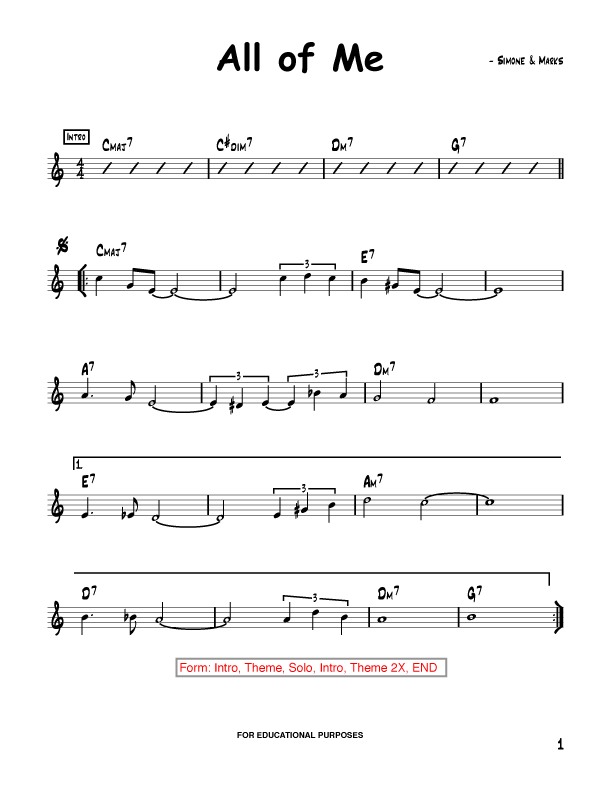
All of Me is a popular song and jazz standard written by Gerald Marks and Seymour Simons in 1931. First performed by Belle Baker over the radio and recorded in December 1931 by Ruth Etting, it has become one of the most recorded songs of its era, with notable versions by Russ Columbo, Bing Crosby, Billie Holiday, Louis Armstrong, Mildred Bailey, Benny Goodman, Teddy Wilson in 1941, the Count Basie Orchestra, Ella Fitzgerald, Sarah Vaughan (for the 1957 album, Swingin' Easy), Dean Martin, Frank Sinatra, Frankie Laine and countless more.
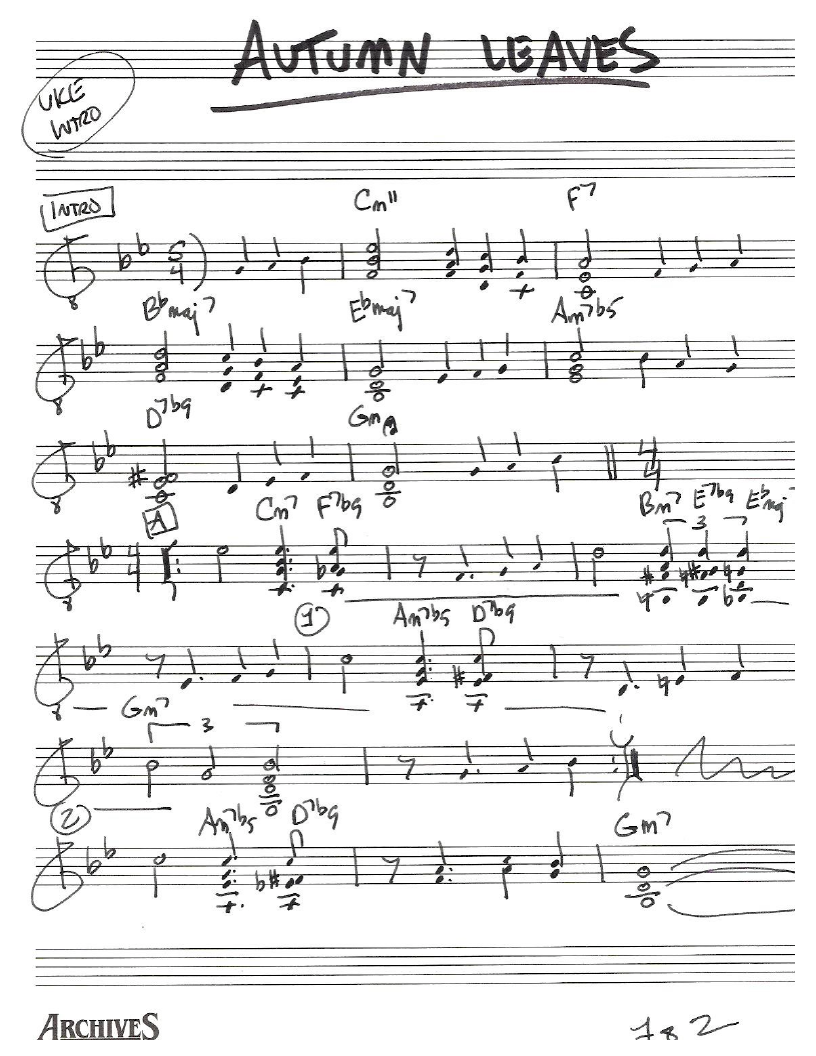
Autumn Leaves is a much-recorded popular song. Originally it was a 1945 French song "Les Feuilles mortes" (literally "The Dead Leaves") with music by Joseph Kosma and lyrics by poet Jacques Prevert. Yves Montand (with Irene Joachim) introduced "Les feuilles mortes" in 1946 in the film Les Portes de la Nuit. The American songwriter Johnny Mercer wrote English lyrics in 1947 and Jo Stafford was among the first to perform this version.

Black Orpheus (Portuguese: Orfeu Negro) is a 1959 film made in Brazil by French director Marcel Camus and starring Marpessa Dawn and Breno Mello. It is based on the play Orfeu da Conceição by Vinicius de Moraes, which is an adaptation of the Greek legend of Orpheus and Eurydice, set in the modern context of a favela in Rio de Janeiro during Carnaval.
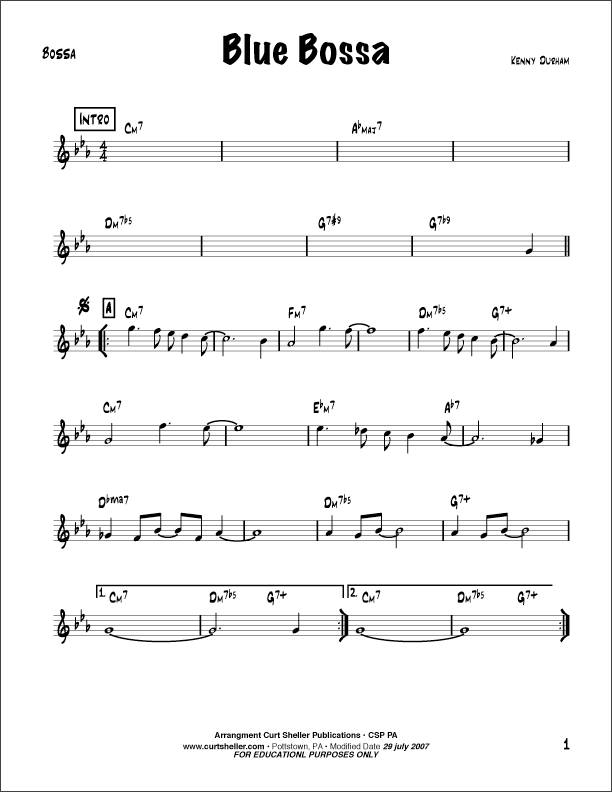
Blue Bossa is an instrumental jazz composition by Kenny Dorham (August 30, 1924 - December 5, 1972). It was introduced on Joe Henderson's 1963 album Page One. A blend of hard bop and bossa nova, the tune was possibly influenced by Dorham's visit to the Rio de Janeiro Jazz Festival in 1961. The tune has since been recorded numerous times by different artists, making it a jazz standard.

Blue Skies is a popular song, written by Irving Berlin in 1926. The song was composed in 1926 as a last minute addition to the Rodgers and Hart musical, Betsy. Although the show only ran for 39 performances, "Blue Skies" was an instant success, with audiences on opening night demanding 24 encores of the piece from star, Belle Baker. During the final repetition, Ms. Baker forgot her lyrics, prompting Berlin to sing them from his seat in the front row.
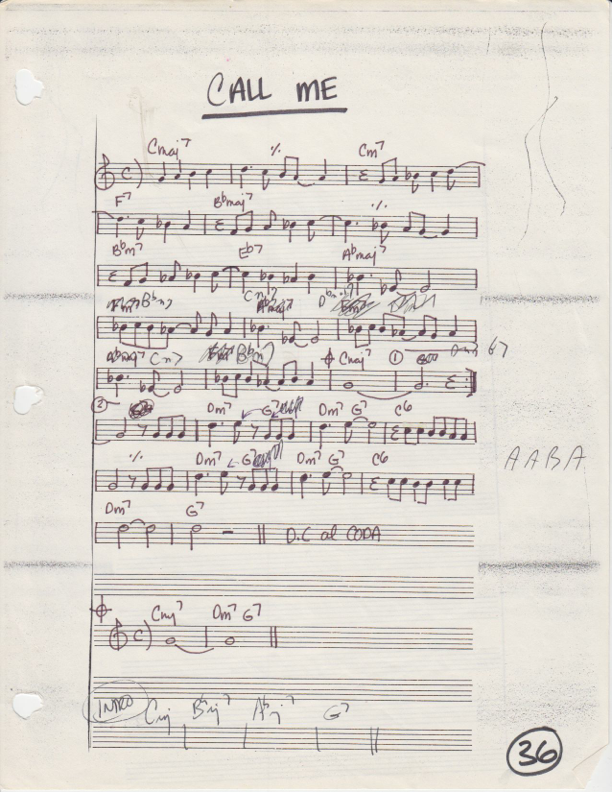
Call Me (a Tony Hatch composition first recorded by Petula Clark) was the first single released from his 1966 A&M album, The More I See You. The title single from the album, sung in a soft, very high tenor range and played on primarily adult-formatted radio stations, confused some disc jockeys, who were unfamiliar with Montez's past work.
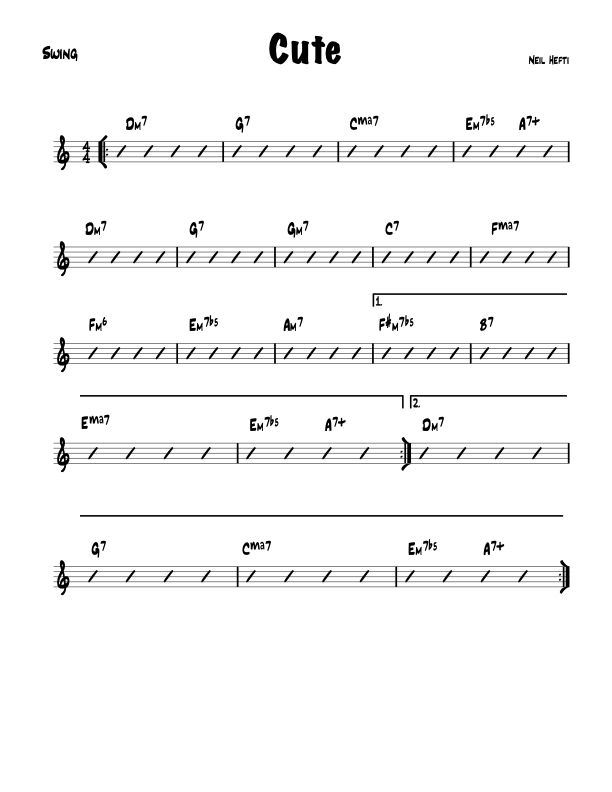
Written by Neal Hefti (October 29, 1922 – October 11, 2008) was an American jazz trumpeter, composer, tune writer, and arranger. He was perhaps best known for composing the theme music for the Batman television series of the 1960s, and for scoring the 1968 film The Odd Couple and the subsequent TV series of the same name.
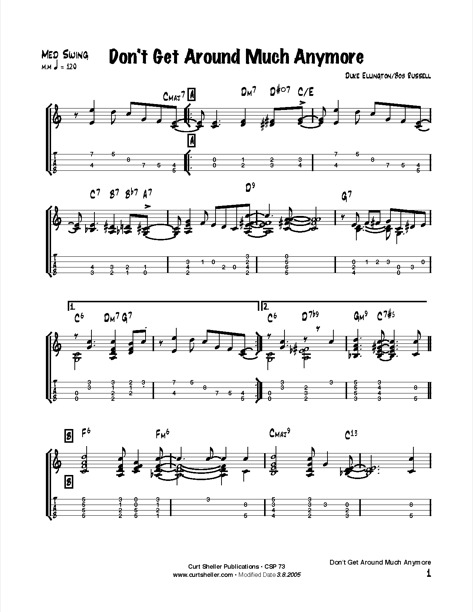
Don't Get Around Much Anymore is a jazz standard with music by Duke Ellington and lyrics by Bob Russell. The tune was originally titled "Never No Lament" and was first recorded by Ellington in 1940 as a big band instrumental. Russell's lyrics and the new title were added in 1942.
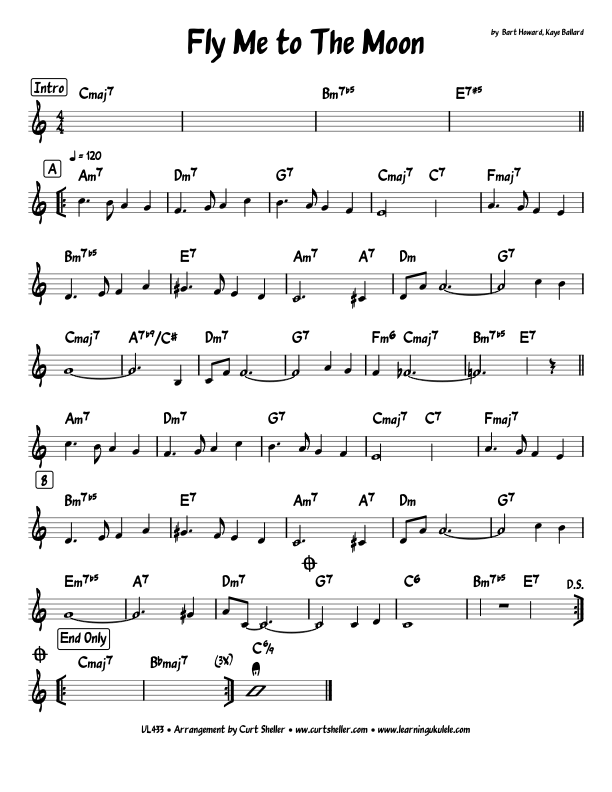
Fly Me to the Moon is a popular standard song written by Bart Howard in 1954. It was titled originally “In Other Words”, and was introduced by Felicia Sanders in cabarets. The song became known popularly as “Fly Me to the Moon” from its first line, and after a few years the publishers changed the title to that officially.
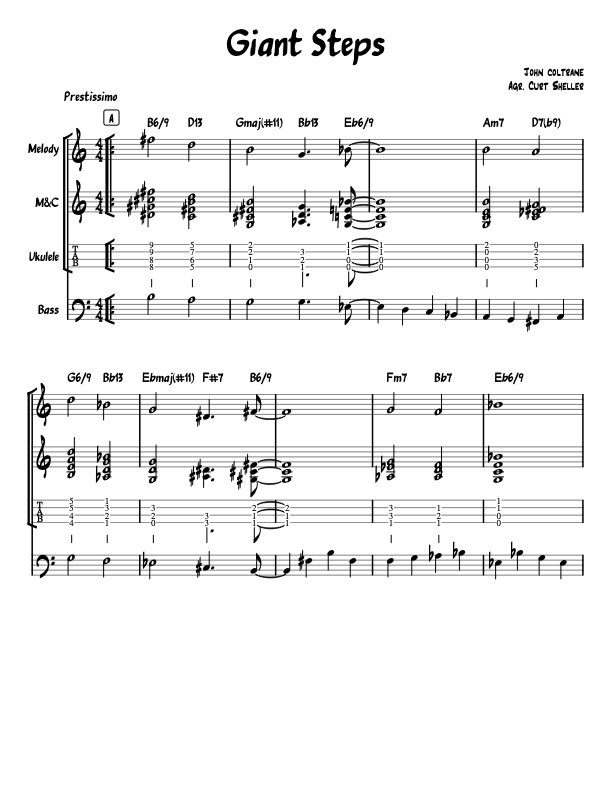
Giant Steps is a jazz composition by John Coltrane, first appearing as the first track on the album of the same name (1960). The composition is a milestone in jazz, given the difficulty of improvising its rapid progression of chord changes that progress through three keys, shifted by major thirds, creating an augmented triad. The song title comes from the relatively giant leaps between the roots of consecutive chords.

Misty is a jazz standard written in 1954 by the pianist Erroll Garner. Originally composed as an instrumental following the traditional 32-bar format, the tune later had lyrics by Johnny Burke and became the signature song of Johnny Mathis, reaching #12 on the U.S. Pop Singles chart in 1959. It has been covered numerous times, perhaps most notably by Ella Fitzgerald, Sarah Vaughan (1959), Frank Sinatra and Earl Grant (1961), Lloyd Price (1963), and also by Ray Stevens (1975) as a country song.
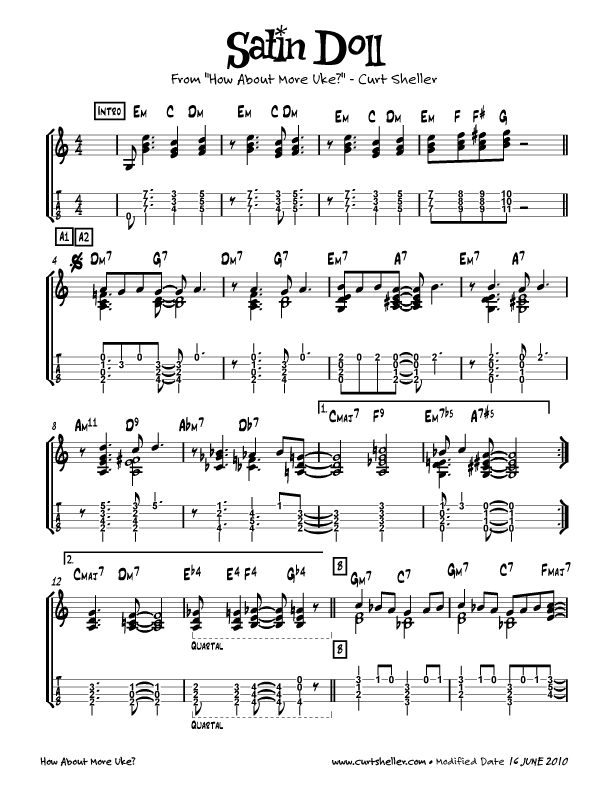
Satin Doll - is a jazz standard written by Duke Ellington and Billy Strayhorn with lyrics by Johnny Mercer. Written in 1953, the song has been recorded countless times, by such artists as Ella Fitzgerald, Frank Sinatra, 101 Strings, and Nancy Wilson. Its chord progression is well known for its unusual use of chords and opening with a ii-V-I turnaround.
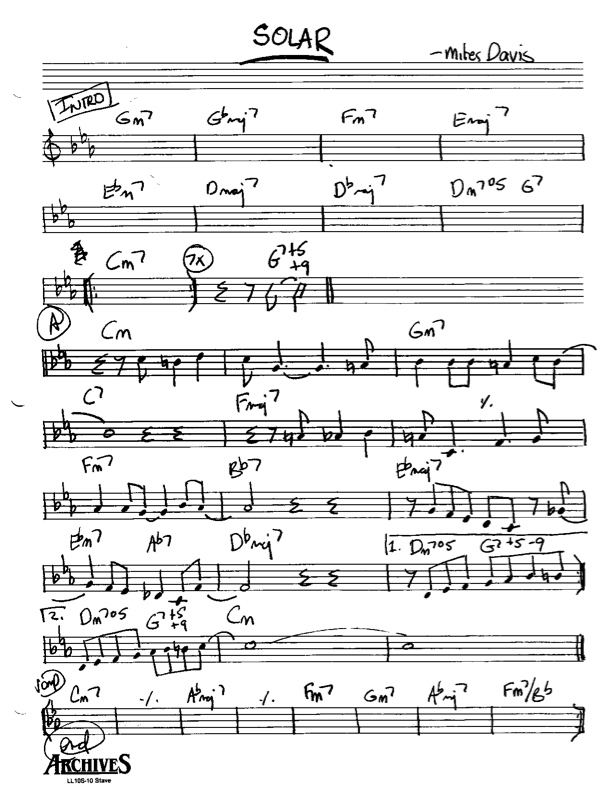
Solar is a musical composition attributed to Miles Davis on the studio album Walkin' (1954), considered a modern jazz standard. The tune has been played and recorded by many musicians including his former bandmates/collaborators Lee Konitz, Bill Evans, Dave Holland, Keith Jarrett or Jack DeJohnette.
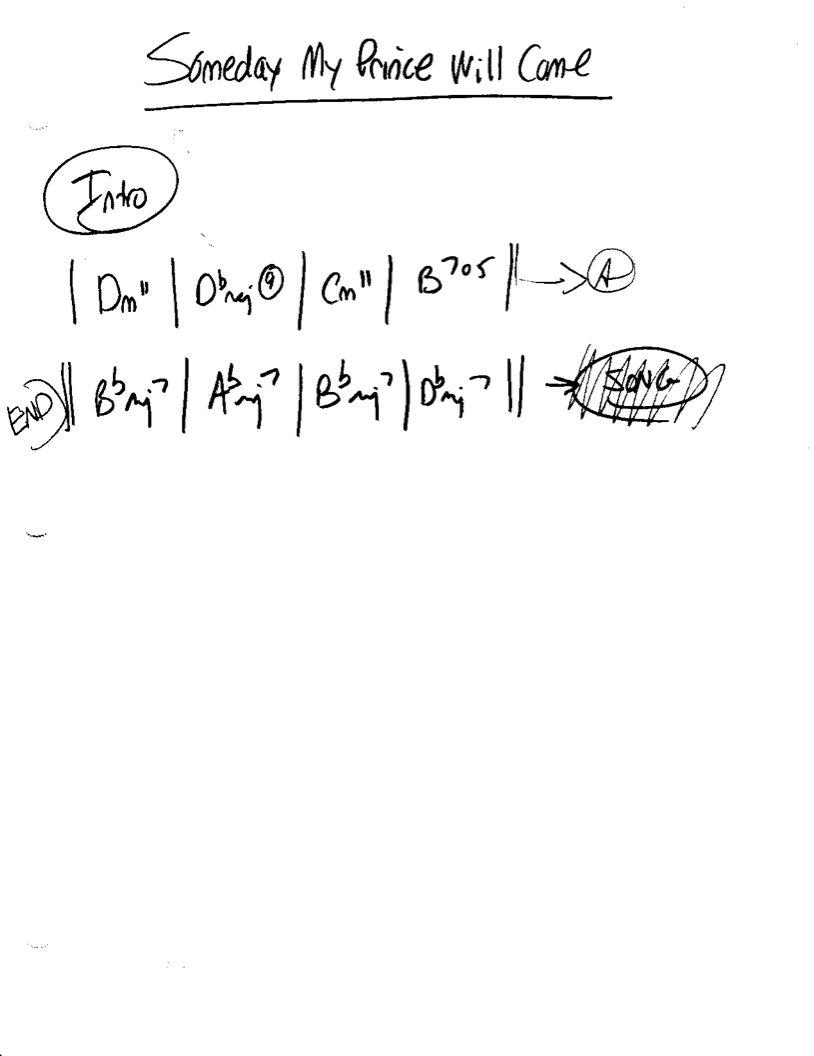
Some Day My Prince Will Come is a popular song from Walt Disney's 1937 animated movie Snow White and the Seven Dwarfs. It was written by Larry Morey (lyrics) & Frank Churchill (music), and performed by Adriana Caselotti (Snow White's voice in the movie). It was also featured in the 1979 stage adaptation of the 1937 animated musical movie. In AFI's 100 Years...100 Songs, it was ranked as the 19th greatest film song of all time.
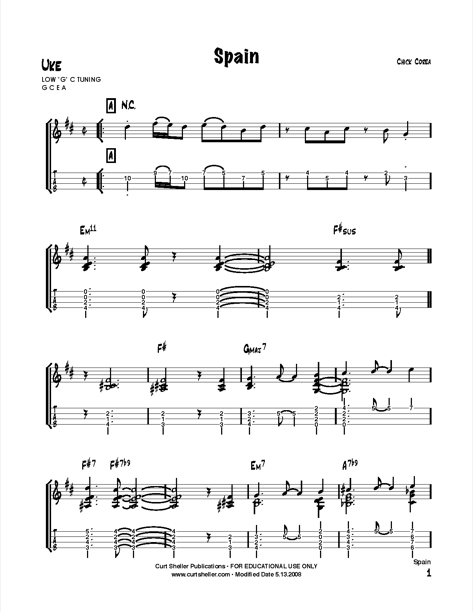
Spain is an instrumental jazz fusion composition by jazz pianist and composer Chick Corea. It is probably Corea's most prominent piece, and some would consider it a modern jazz standard. Spain was composed in 1971 and appeared in its original (and most well-known) rendition on the album Light as a Feather, with performances by Corea (Rhodes electric piano), Airto Moreira (drums), Flora Purim (vocals and percussion), Stanley Clarke (bass), and Joe Farrell (flute). It has been recorded in several versions, by Corea himself as well as by other artists.

St. Thomas - This is perhaps the most recognizable instrumental in the repertoire of American jazz tenor saxophonist Sonny Rollins, who is usually credited as its composer. However, it is actually based on a traditional nursery song from the Virgin Islands, which Rollins' mother sang to him when he was a child. As such, it has a distinct Caribbean vibe to it.
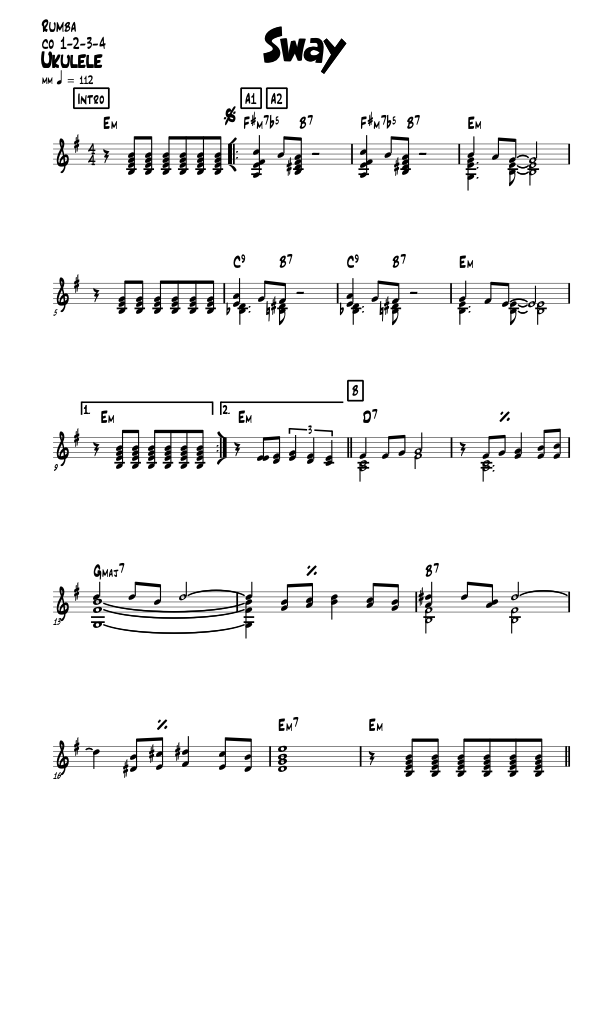
Sway is the English version of "¿Quién será?", a 1953 mambo song by Mexican composer and bandleader Pablo Beltrán Ruiz. In 1954 the English lyrics were written by Norman Gimbel and recorded by Dean Martin. The Dean Martin recording reached number fifteen on the Billboard magazine best-seller chart and number six on the UK chart.

Take Five is a jazz piece written by Paul Desmond and performed by The Dave Brubeck Quartet on their 1959 album Time Out. Recorded at Columbia's 30th Street Studios in New York City on June 25, July 1, and August 18, 1959, this piece became one of the group's best-known records. It is famous for its distinctive catchy saxophone melody; imaginative, jolting drum solo; and use of the unusual quintuple (5/4) time, from which its name is derived.
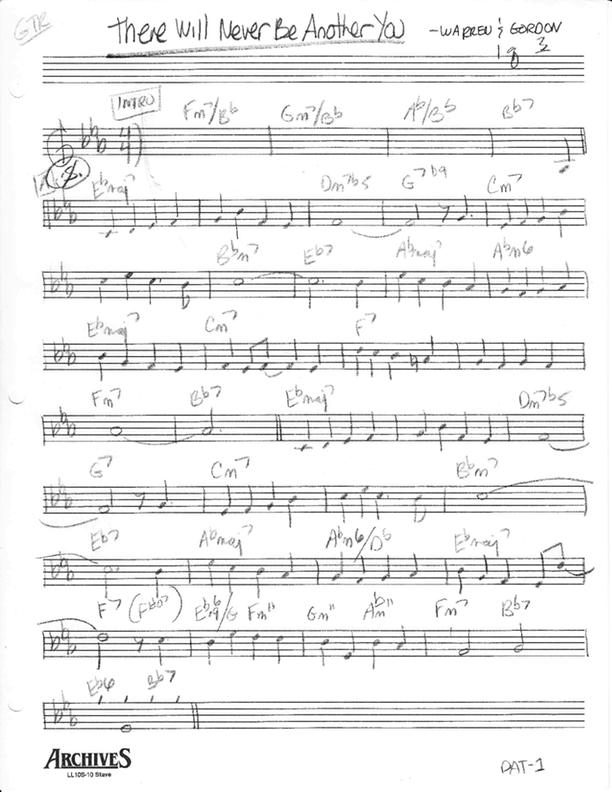
There Will Never Be Another You is a popular song with music by Harry Warren and lyrics by Mack Gordon for the Twentieth Century Fox musical Iceland (1942) starring Sonja Henie. The song was published in 1942, and is one of the most widely known and performed standards of the jazz repertoire.
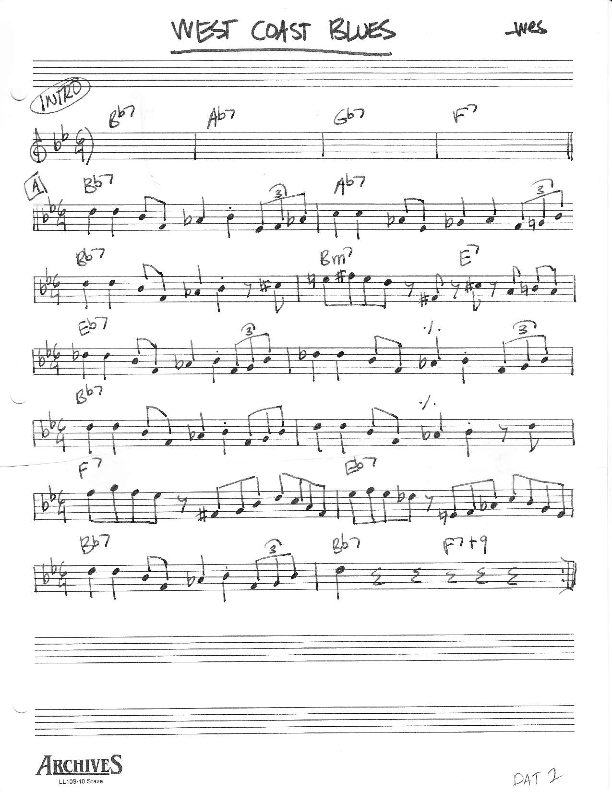
A jazz classic by the late jazz guitarist Wes Montgomery. Wes is widely considered one of the major jazz guitarists, emerging after such seminal figures as Django Reinhardt and Charlie Christian and influencing countless others, including George Benson, Kenny Burrell, Grant Green, Jimi Hendrix, Steve Howe, Russell Malone, Pat Martino, Pat Metheny, Randy Napoleon, and Emily Remler.
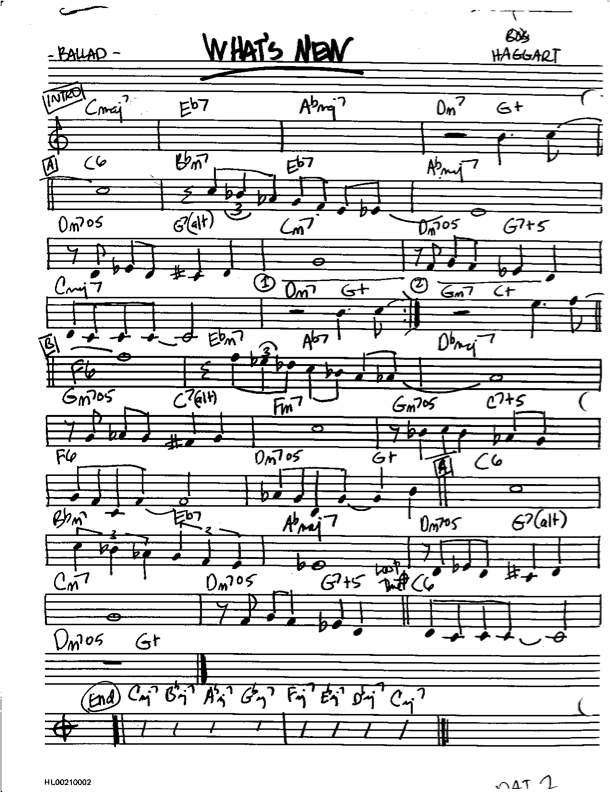
What's New? is a 1939 popular song composed by Bob Haggart, with lyrics by Johnny Burke. It was originally an instrumental tune titled "I'm Free" by Haggart in 1938, when Haggart was a member of Bob Crosby and His Orchestra. The tune was written with a trumpet solo, meant to showcase the talents of band-mate Billy Butterfield. Crosby's orchestra recorded "I'm Free" the same day it was written.
JazzGuitarLife.com (A review of The Advanced Guide to Guitar Chords Vol.1 by Lyle Robinson of JazzGuitarLife) \... When I received this instructional book for review my first question was, “where was Curt Sheller when I needed him twenty years ago?” If I had access to this book early on I would have most likely progressed quicker than I did, especially when faced with a lead sheet from a fake book with all those “weird” chord names and alterations.
Sheller’s “The Advanced Guide to Guitar Chords Vol.1” provides the beginner and intermediate jazz guitar player with the most common and great sounding chord voicings of all the major, minor, dominant, augmented and diminished chords plus their alterations: 9, 11, and 13ths. As well, he discusses the sus, add, and slash theory of such chord formations.
This is a text that is beautifully laid out and very easy to work through. What little chord theory there is throughout the book is clearly explained and doesn’t bog the student down with too much theoretical discourse. The chord diagrams are clearly defined and there is no confusion about where fingers should be placed. This is definitely a book that you can begin utilizing in a practical playing situation almost immediately. And it’s great for teachers to get their beginning Jazz guitar students to start hearing and playing those wonderful voicings that excited us all early on in our development as Jazz guitar players.
The Advanced Guide to Guitar Chords Vol.1 is a great beginning for any aspiring Jazz guitarist and I can't wait to check out volumes two and three.
Thank you, Lyle Robinson - Lyle Robinson, JazzGuitarLife.com




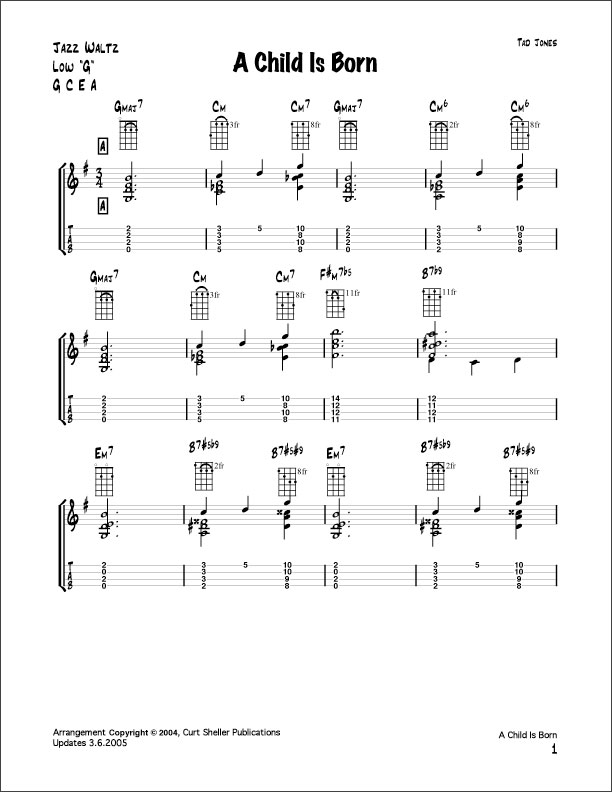
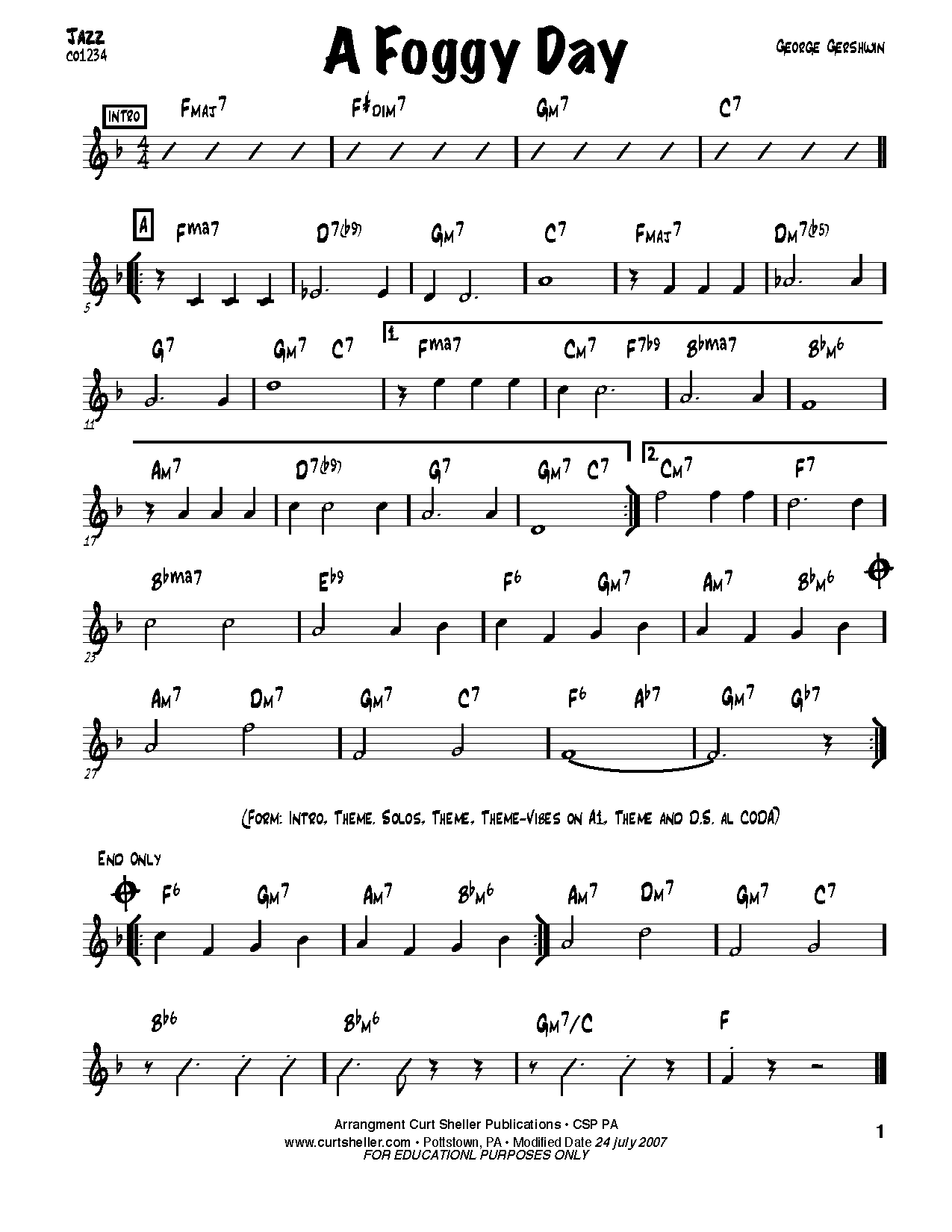
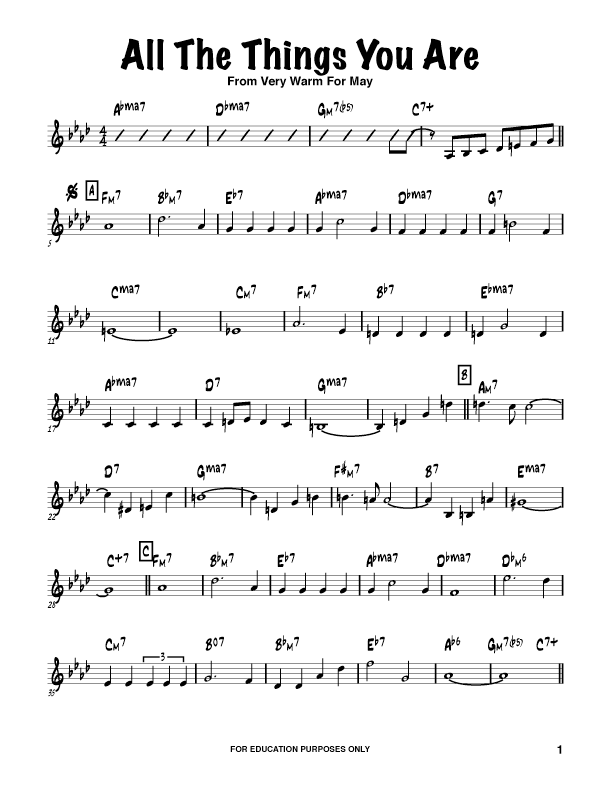
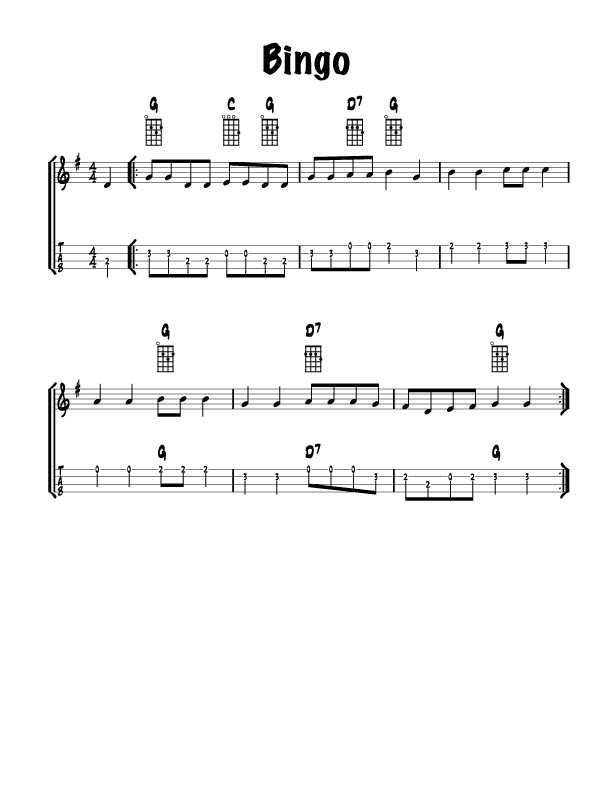


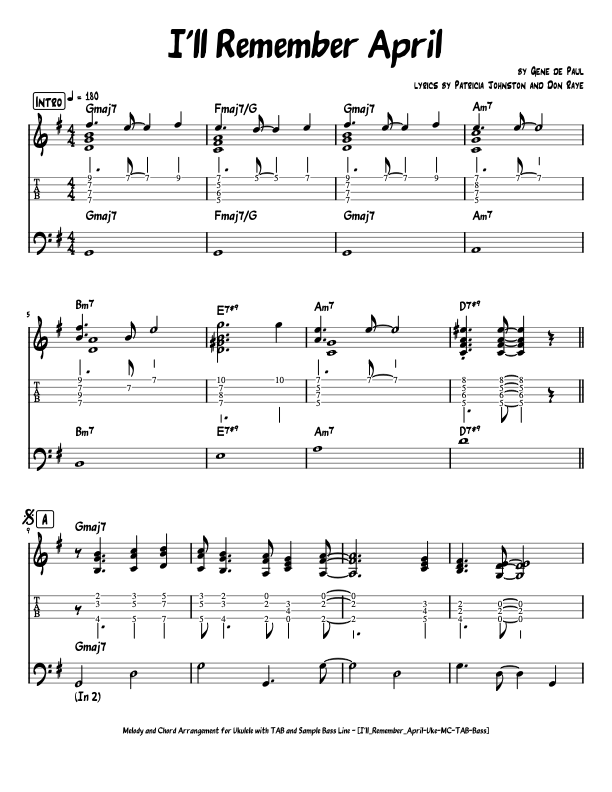
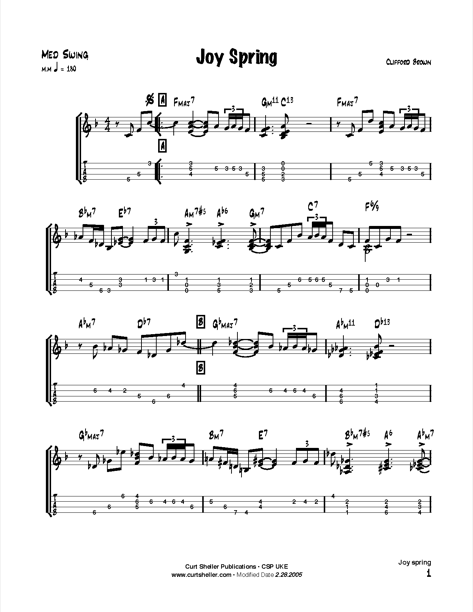
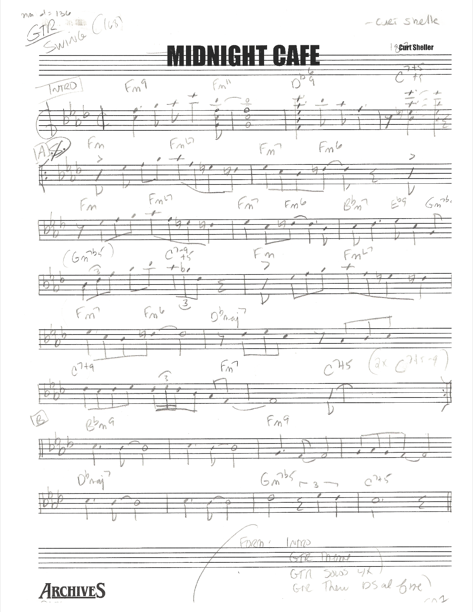
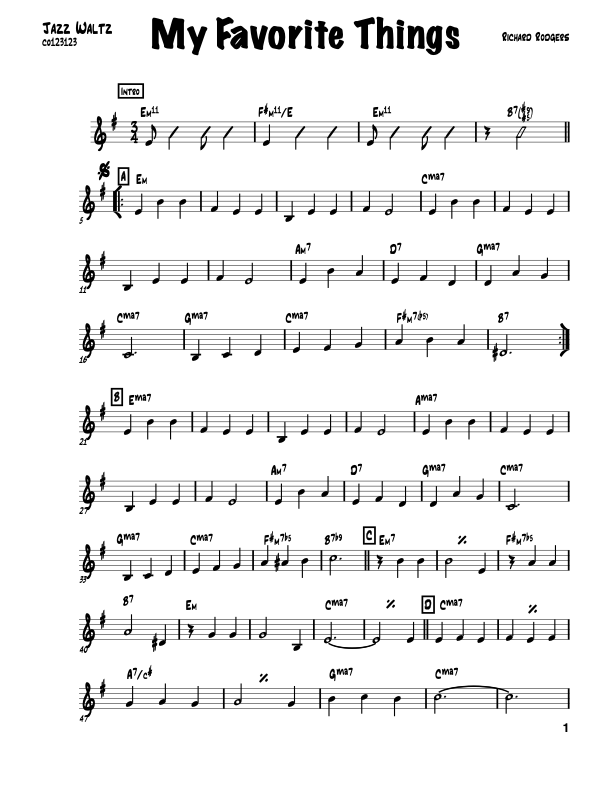
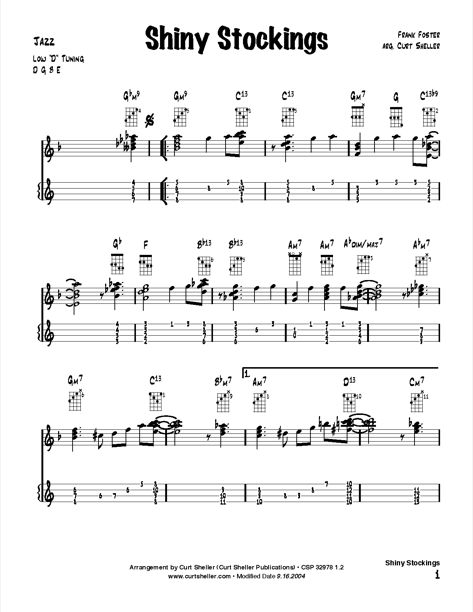

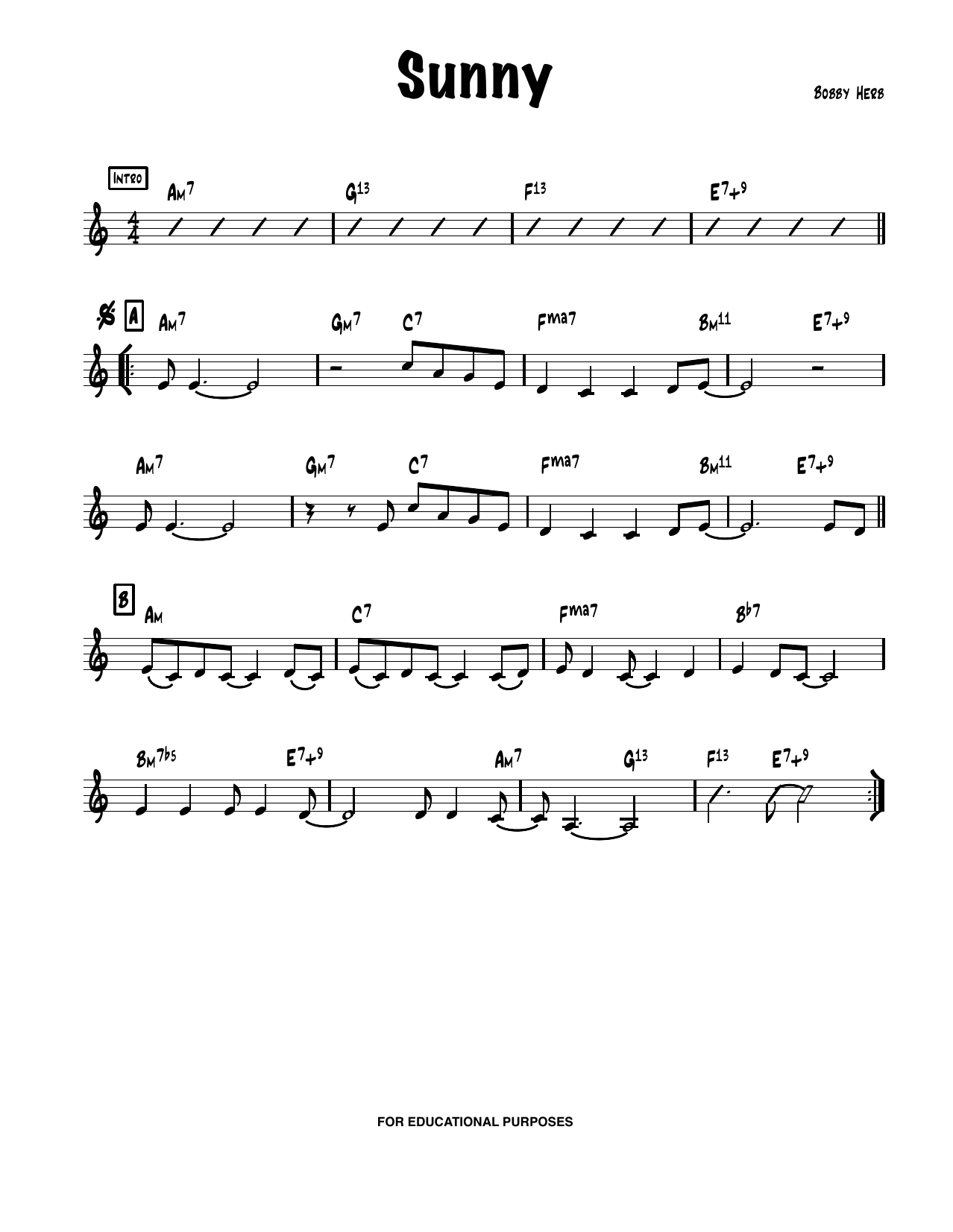
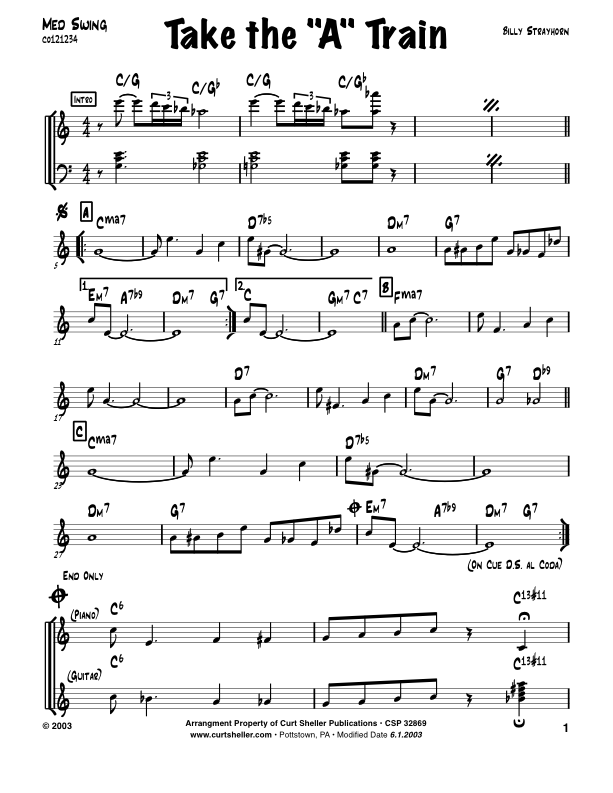

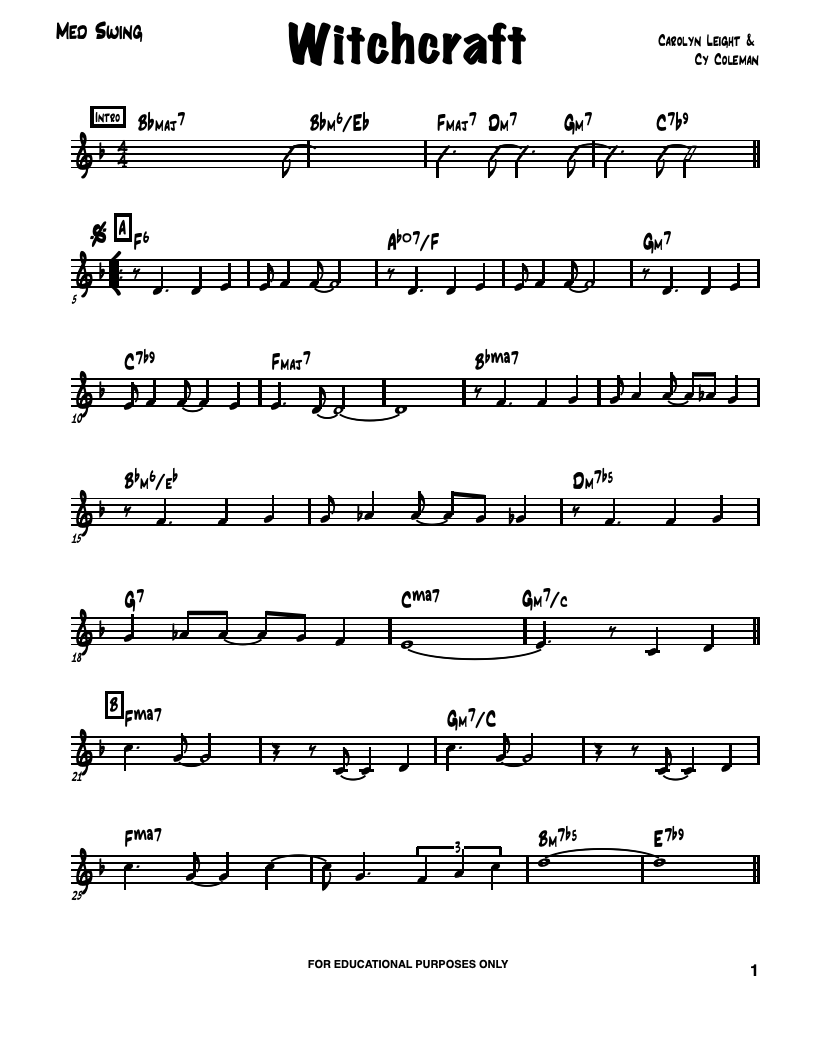

.jpg)